Francesca and Henk-Jan's Backpacking Trip!
Sunday, August 29, 2010
Nothing On Nepal
A universally recognized new country awaited us! Nepal, after crossing a bridge, looked much the same as Zhengmu behind us. Before we’d be able to explore more of Nepal we had to get ourselves some visas though. Ray’d told me they would cost about $25 per person, so I’d changed enough of our remaining Renminbi into Nepali Rupees, making sure we could purchase our way into Nepal. Finding the ‘immigration office’ was easy enough, as was filling out the forms. Paying turned out to be a little trickier than expected, as the price for 30-day-visas had gone up to $40… I had to throw together three different currencies to pay, but in the end we got the stickers in our passports and moved on to phase two.
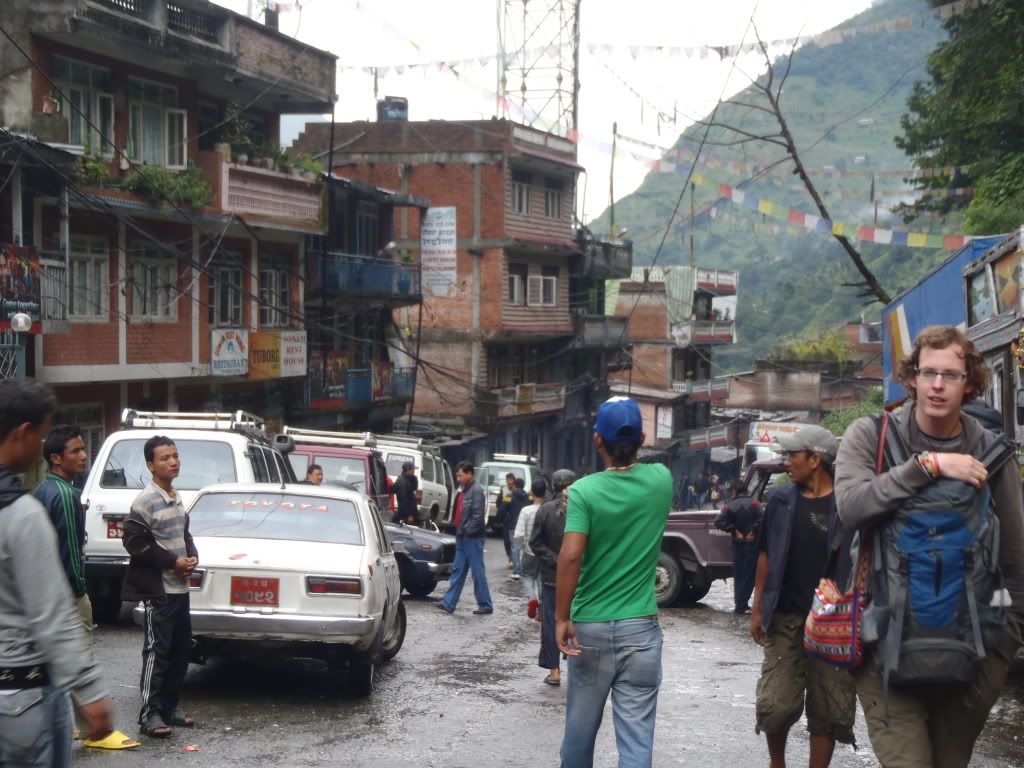
Getting across the border was the easy part – next up was finding transport to Kathmandu, the capital of the country and our destination of choice. There were plenty of guys running around, offering everything ranging from vans to soapboxes to take us there. Knowing full well that the roads ahead of us would be of a dubious quality we decided we needed something a little sturdier. Luckily there were also a few 4WD-drivers around that. We found a Chinese couple to share the cost of the trip with, took up our sites in the front of the car and got underway.
The weather outside was still dreary, and the rivers by the side of the road looked swollen as they raged down the valley. For about 45 minutes the same could be said about us, until our drive to Kathmandu came to a grinding halt. The roads to and from the border are always covered with trucks. Now, must trucks don’t have much trouble with a bit of an incline or some rubble on the road. That however does not include Indian-made TATA-trucks. They get stuck at bottoms of hills. And since the whole road to the capital is barely wide enough for one truck in most places we all got stuck. It took a good hour or two before a stronger truck had been found to help pull the weaker brothers out of the mud.
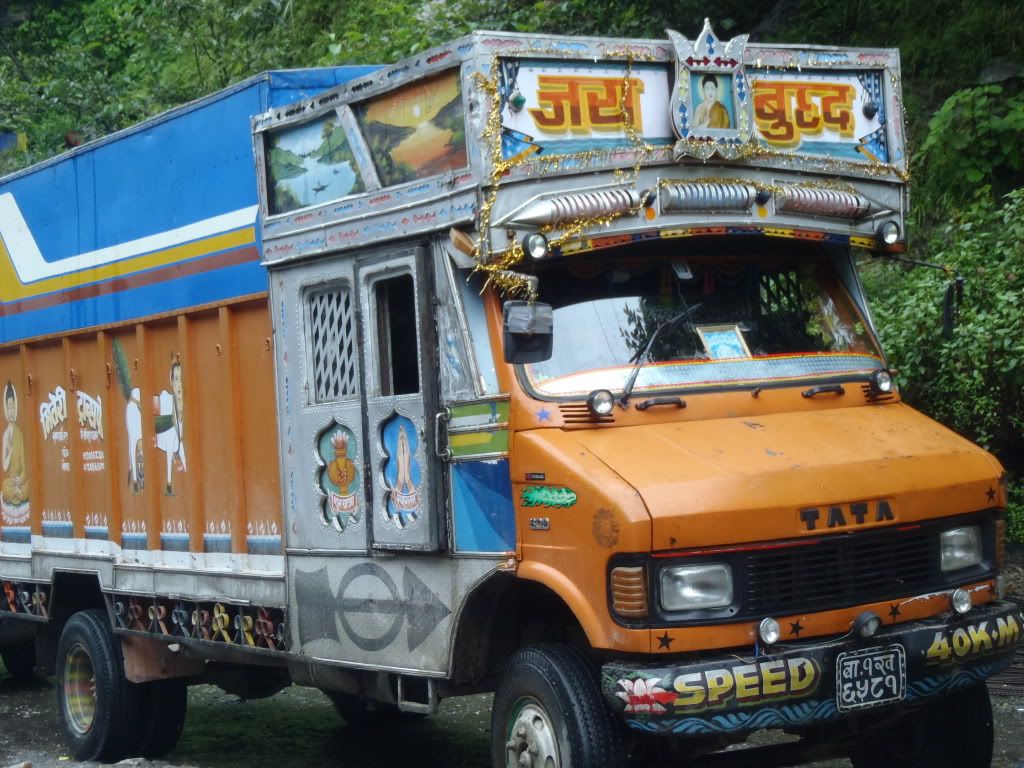

We drove onwards and found the scenery, albeit beautiful, changed very little. Passing through some villages Francesca and I spotted rice paddies all around, with small groupings of houses by the side of the river. Just before 1:00 PM we made a quick stop for our driver’s lunch. We were not terribly hungry for Nepal’s staple food: dal bhat (ground lentil beans or curry with rice). After the good man had filled up we were on the road again. By 2:00 PM we had Kathmandu in our sights, but realized we weren’t quite in Thamel – the tourist center – yet. The city is sprawled out seemingly endlessly and everything looks the same.


I had found a hostel online that I asked to be dropped off at, but since Kathmandu doesn’t ‘do’ street names we were dropped off somewhere near. I managed to find the Elbrus Home after leaving Francesca in another hostel for a while. The owner, Khem, made us a good deal offering us a place in nearby Potala Tourist Home for one night and then a move to a nicer (and quieter) location. I made my way back to Francesca and the bags and carried them both to the hostel. The second we got in the room we both fell asleep and didn’t wake up, except for some dinner in the room – a chicken sandwich for Francesca and a vegetable thukpa for myself.
The morning of the 26th I had planned to buy some cheese. Khem had pointed me in the direction of a local cheese factory the previous day and Francesca really craved some proper cheese. A quick 10 minute walk later I was the proud owner of a block of local young cheese and a block of yak cheese. Next up was a talk with Khem. I needed to know a little more about Kathmandu and environs to figure out what to do the following days. I headed over to the Elbrus Home around 8:30 AM, had some free breakfast taking some toast for Francesca with me. I wanted to make sure the hostel he was going to take us to looked good, so he walked me over to the Avalon House, where the rooms looked pretty decent. I went back to Francesca, showed her the prized possessions, and quickly packed our bags to go to the Avalon.
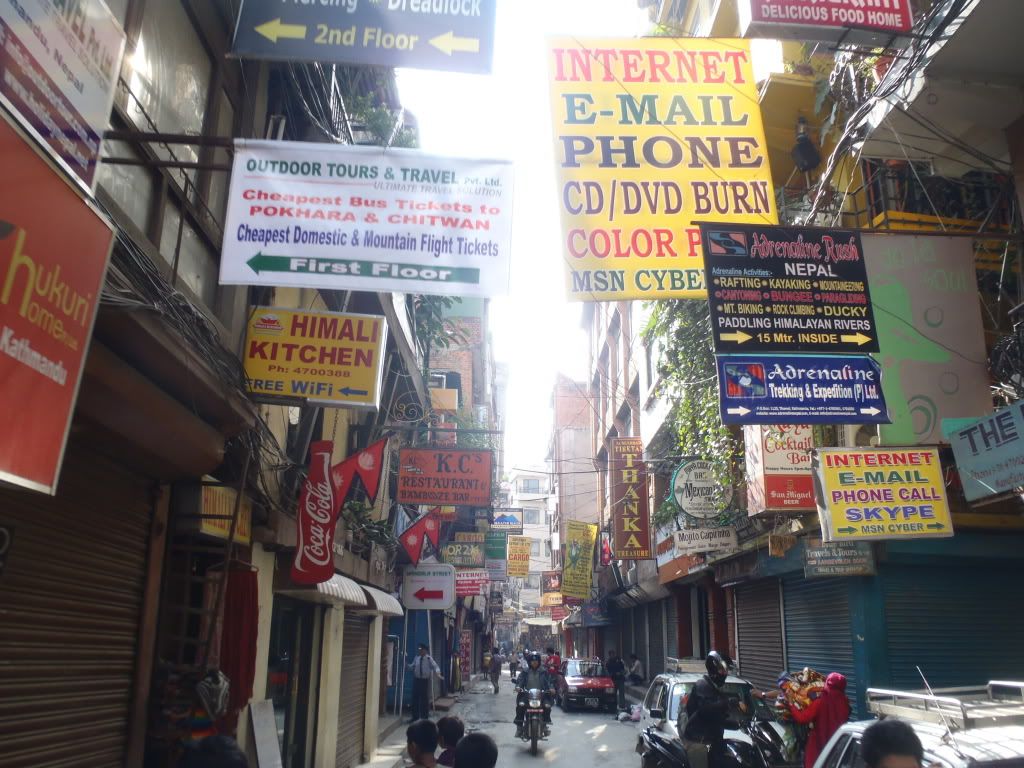
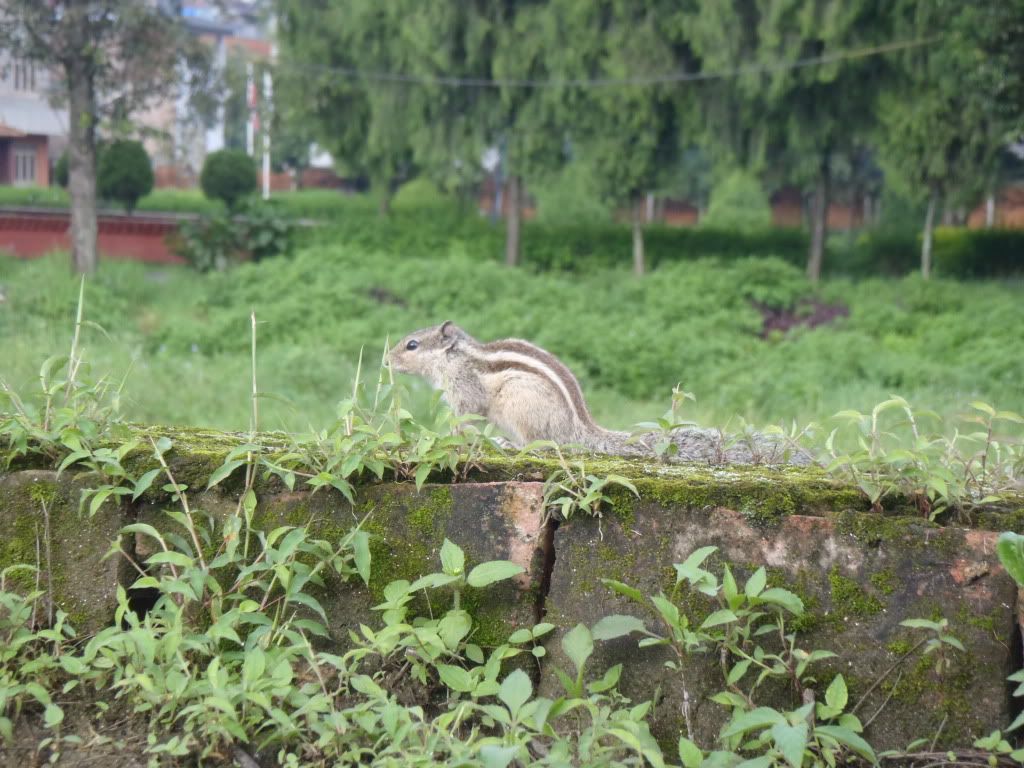
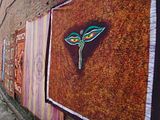
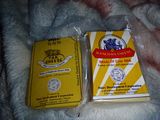
A taxi took us there in 15 minutes, about the same as the walking time, proving that traffic in the insanity of Kathmandu is no picnic. Francesca was still very tired and crawled right back in bed. For lunch we shared a pasta from La Dolce Vita, that tasted very nicely indeed. We vowed to try as many of the different cuisines we could find in Kathmandu, since we were promised good food here. I also picked up the Lonely Planet for Nepal, which Francesca and I thoroughly researched to figure out what to do with our month in the country. That evening we order some food from the hotel’s restaurant, but weren’t too impressed and decided to get take-away or eat out for the remainder of our stay.
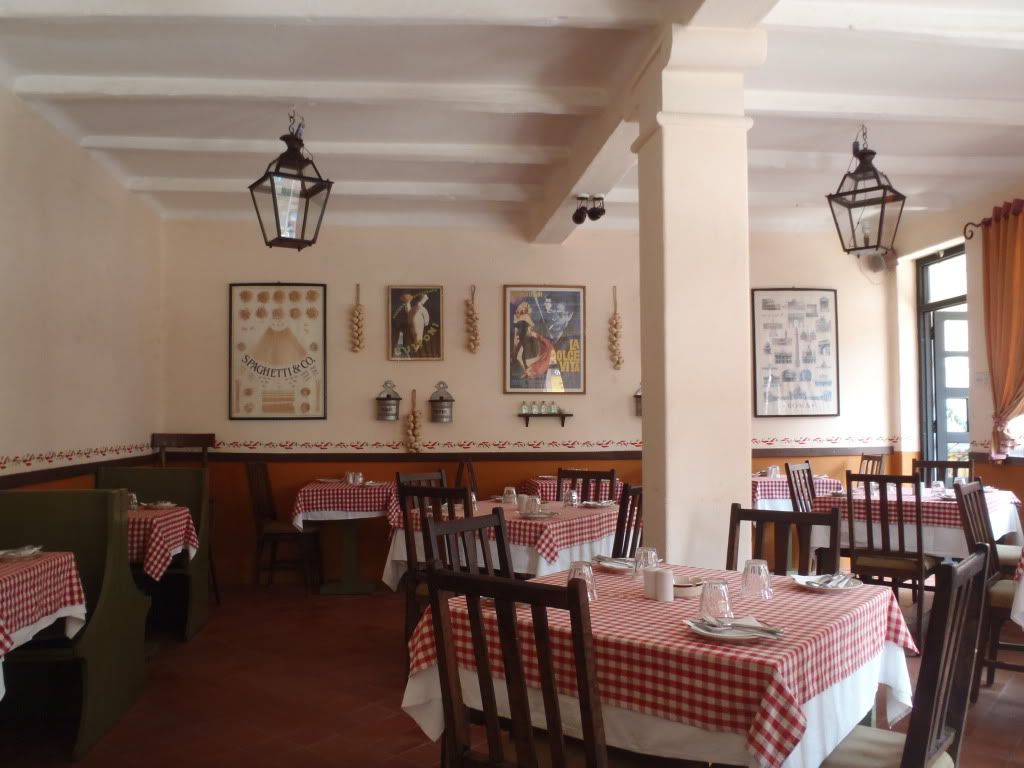
On the 27th we still hadn’t found our wanderlust and spent most of the day writing posts and uploading pictures to get Tibet out of the way. After tasty breakfast in the room I headed out in the afternoon to pick up chicken wraps from Or2k, an Israeli-run restaurant in the center of Thamel. They have this tiny stand on the corner of the street that produces the most amazing falafels you will ever eat – for only $2! Also note the lovely ‘snacks’ being sold by the side of the road. Anyone for a pig’s head? Anyone? The day continued with some more research and take-away pizza from the Roadhouse Cafe.

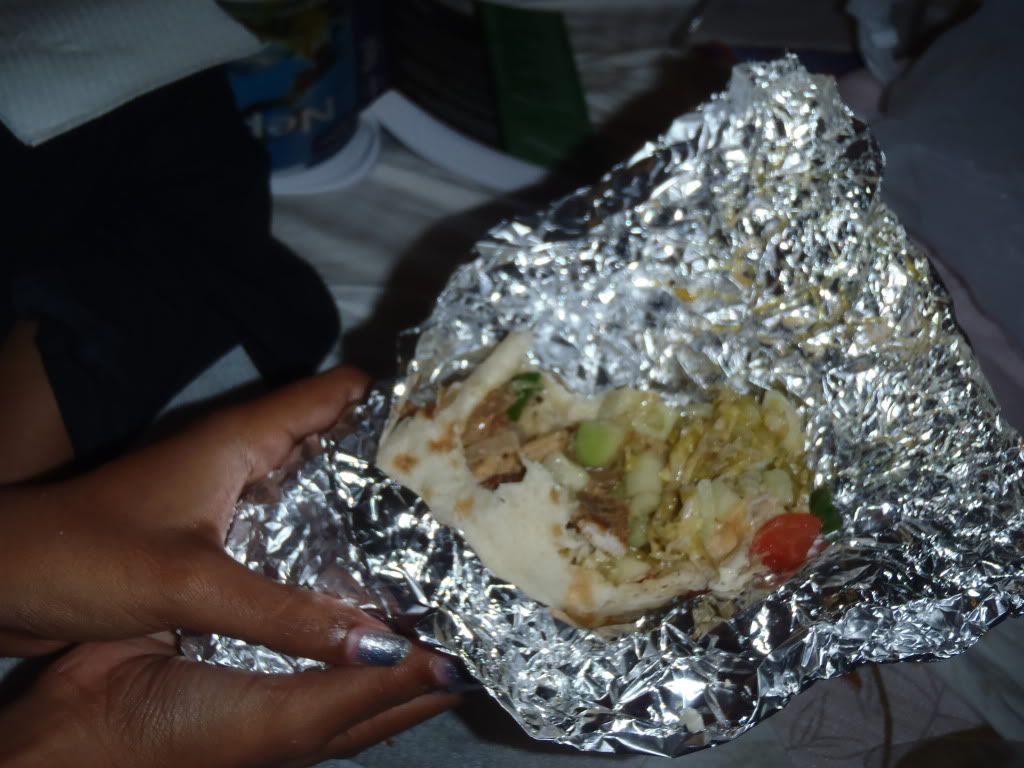
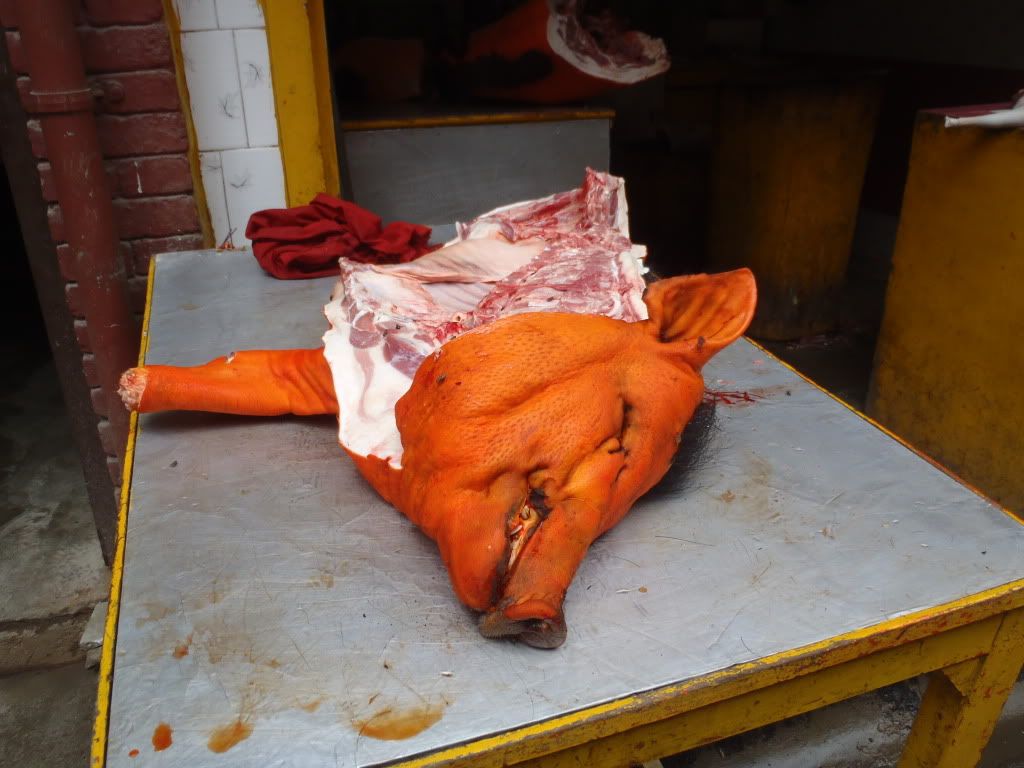
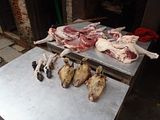
With energy levels replenished I got Francesca out of the comfort of our room on the 28th to take her sightseeing in Kathmandu. The Lonely Planet had provided two extremely thorough and useful walking tours, which would take us past quite a few of the temples and other monuments Francesca had on our to-do list. As we walked through Thamel I got to show her all the different restaurants we’d gotten food from up until that point. Another 15 minute walk and we were at the starting point of the first walk – south from Thamel to Durbar Square.
At 11:30 AM we’d reached Thahiti Tole, a small square with a central stupa from the 15th century. Supposedly the stupa once held snakes to protect gold plating. In any case, the gold is long gone and the whole thing looks rather decrepit. Worse still was the enormous pile of garbage all around the stupa. We heard later that the garbage-collectors were on strike and were thankful that it wasn’t too hot in the city, because the smell would’ve been far worse. On the north side of the square we had a quick look at the Nateshwar Temple, which is dedicated to an incarnation of Shiva, as well as the Newari (local tribe) god of music.
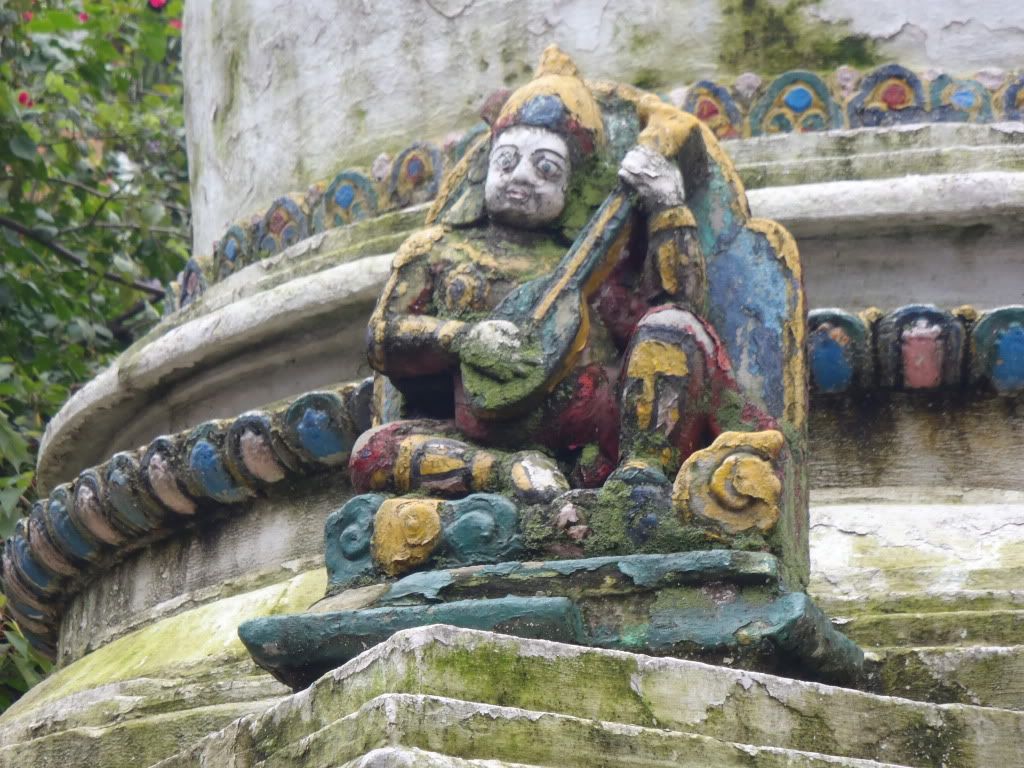
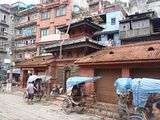
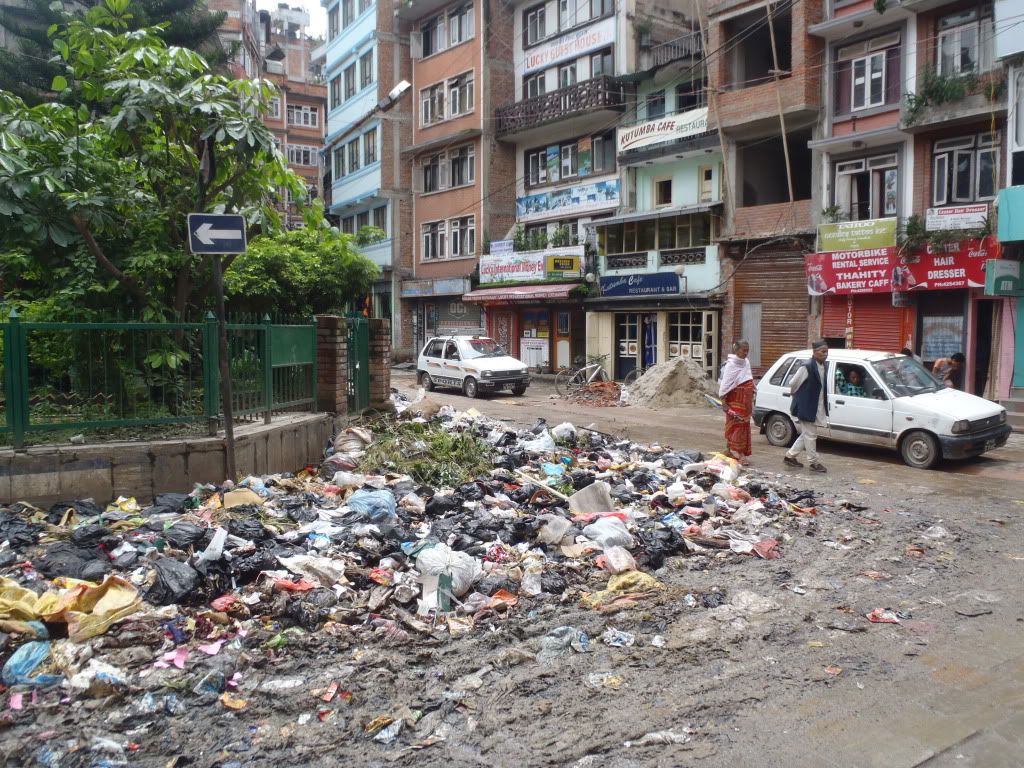
Heading further south we found the impressive Kathesimblu Stupa, a Tibetan style structure covered in algae. We had a little trouble finding a broken stone lion, but a kind street merchant moved his wares to unveil a rather sad looking, crumbled carving of what had once looked like a guardian lion. Passing some old carvings of different Hindu gods and a nicely carved balcony we soon ended up on another busy square. Here we inspected the Sikha Narayan Temple, housing a 10th century Vishnu statue, guarded by a cool Garuda statue. The Bangemudha Square also houses an image of Saraswati, a Shiva shrine and a Buddha statue from the 5th century. It’s just amazing to see how many ancient statues and buildings can be found everywhere, without any protection and are still in decent shape.

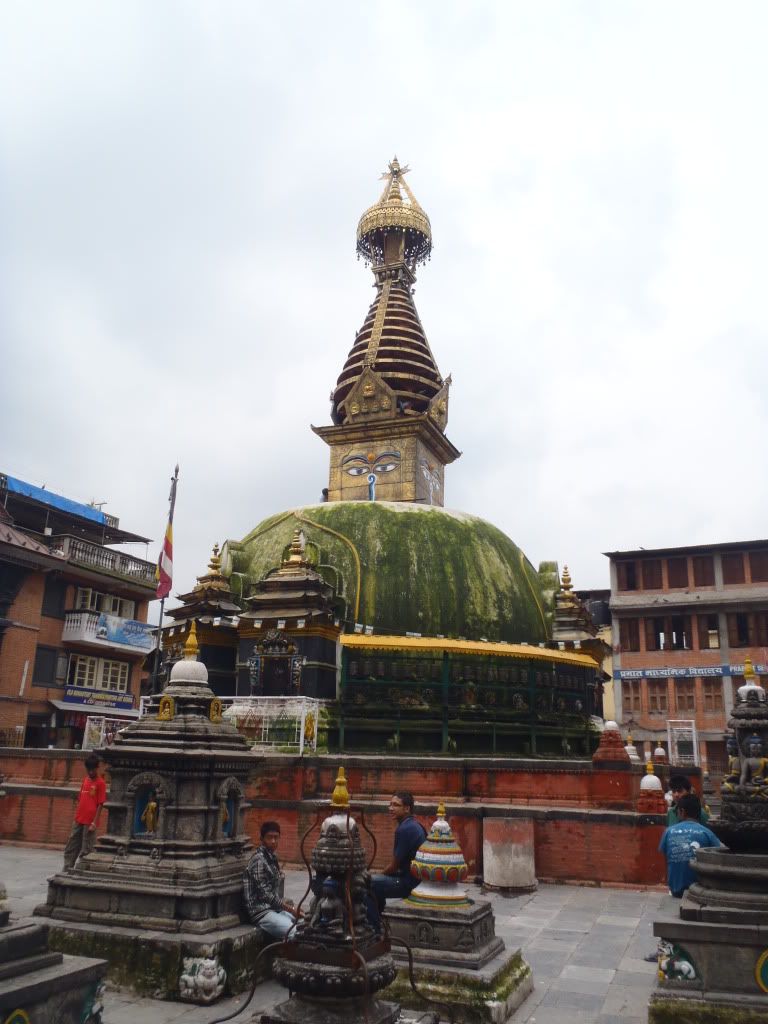


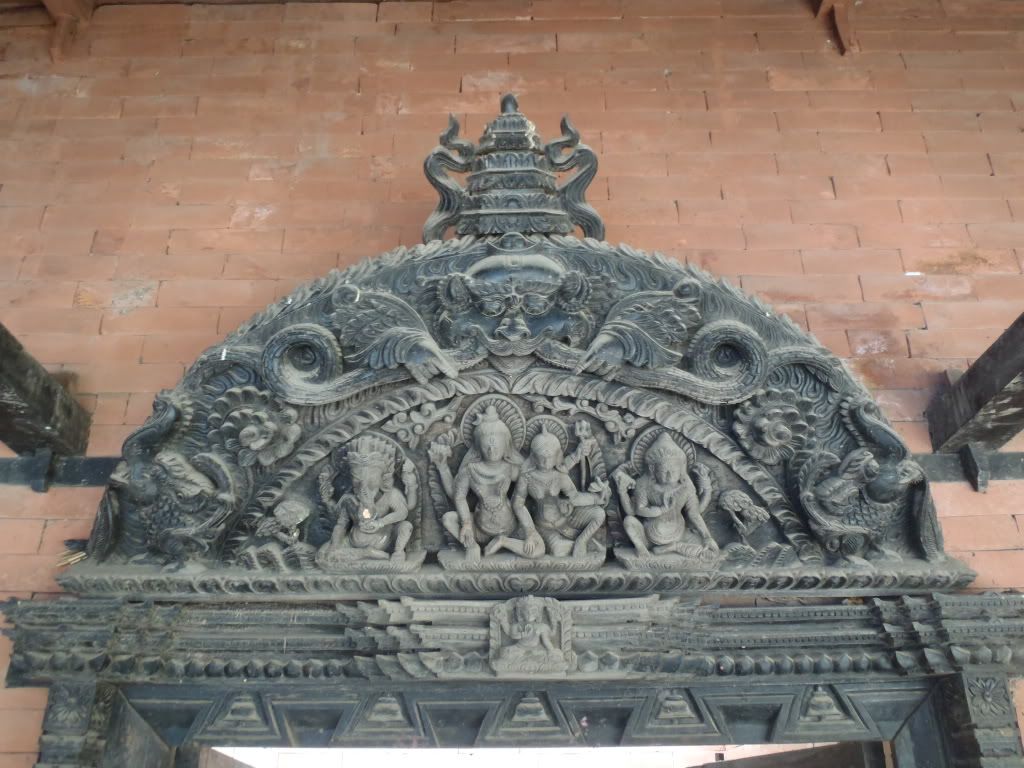
Francesca and I also noticed a large number of dental clinics in the area. We had to look for a while, but eventually found the cause of their presence – a lump of wood with coins nailed into it. The coins are offerings to the toothache god, which is barely visible anymore. Next up was a courtyard (‘bahal’ in Nepali) called Haku Bahal. We were quite impressed by the fine carvings of the wooden windows. Turning back and walking onwards we reached the large and more bustling square Asan Tole. With 5 roads converging here a little bit of a confusing place, but highly interesting because of all the people going about their lives.
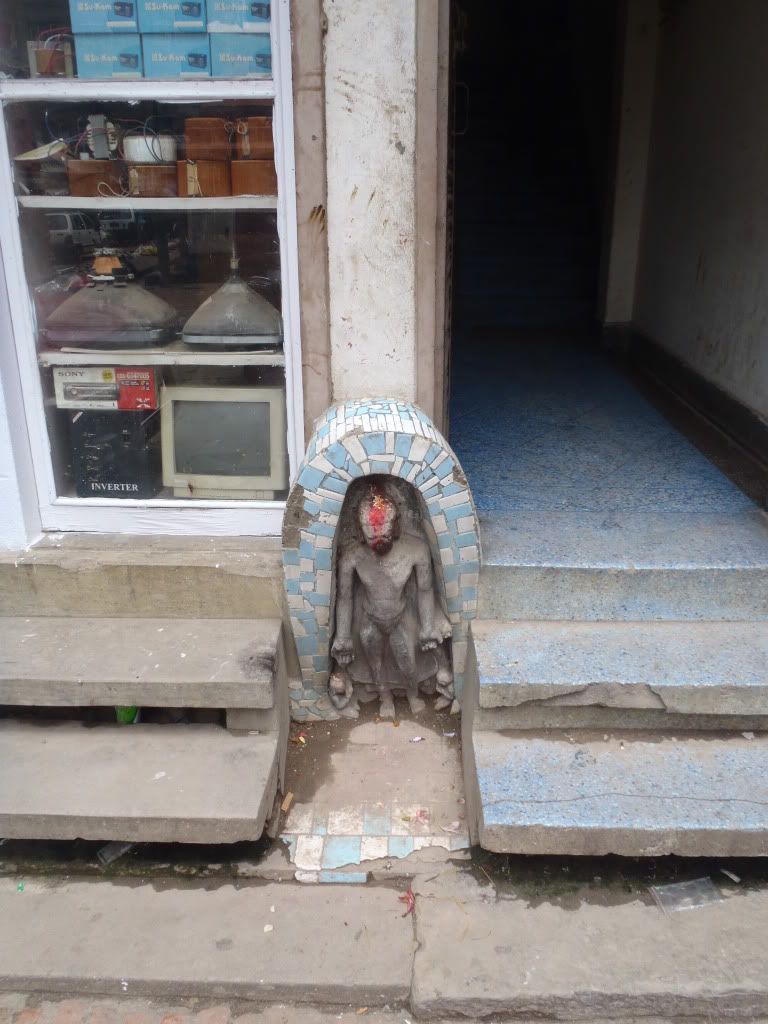
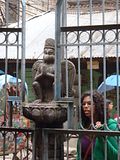

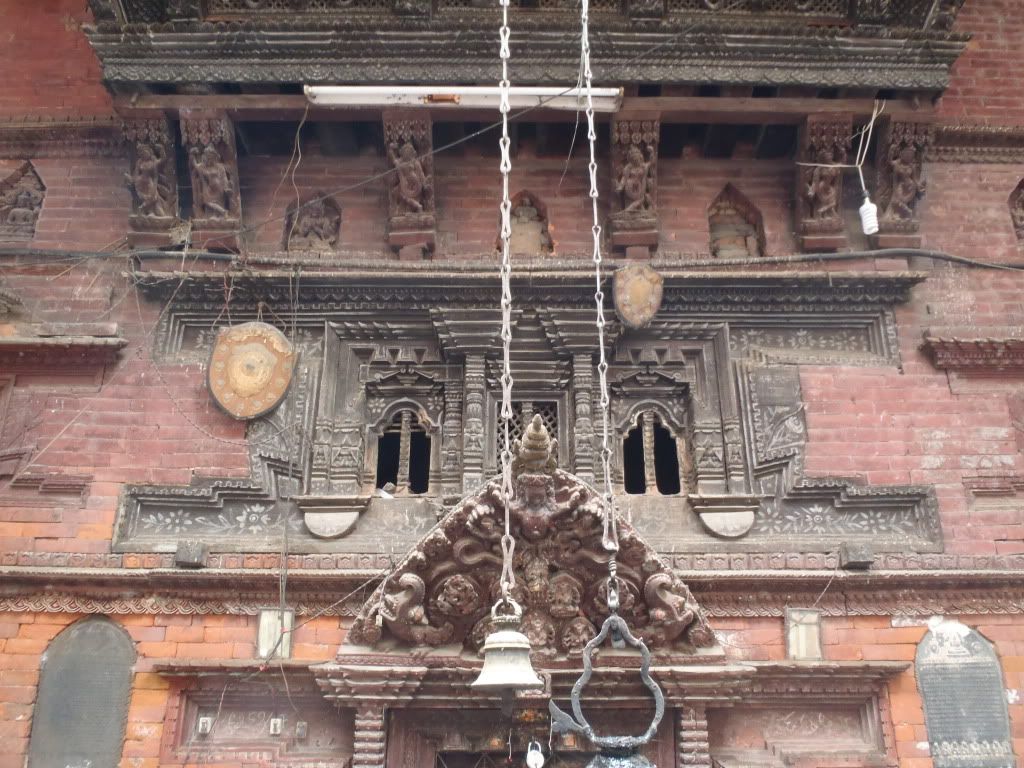
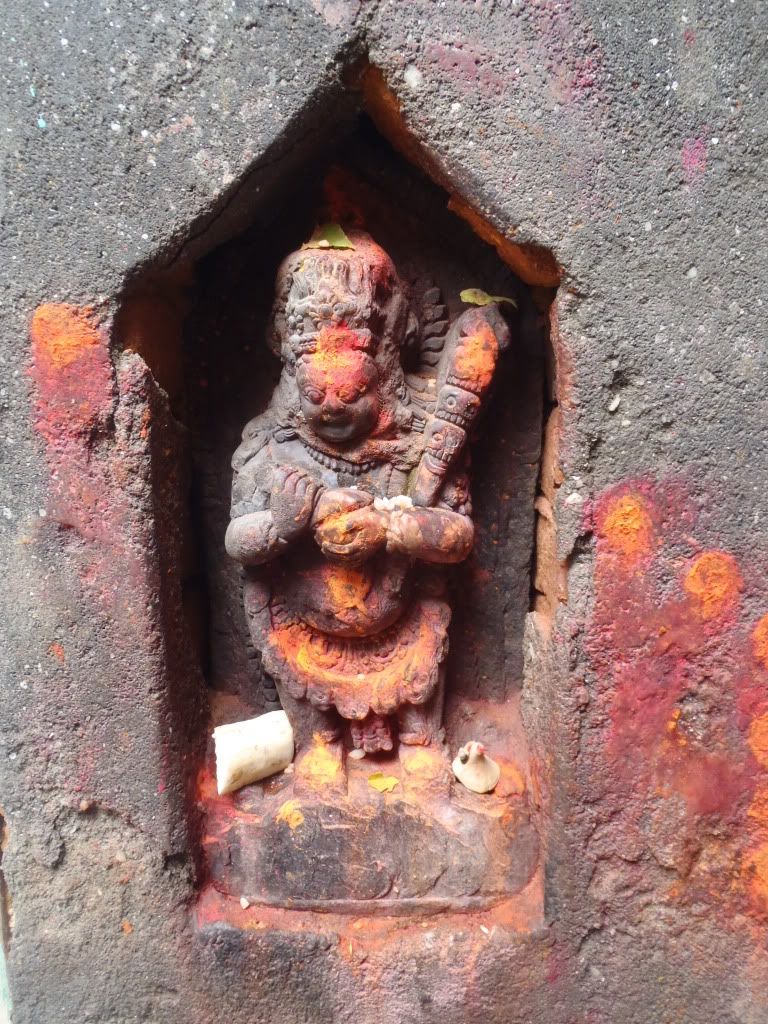
Asan Tole was for centuries the main commercial center of the city, as well as the start of the caravan route to Tibet. Sadly, the great earthquake of 1934 destroyed a good part of the street and the square is now no longer the great hub it used to be. We had quick look at the shrines and temples built smack-bang in the middle of the square, having a closer look at the Annapurna Temple. After a bit of map-reading I found the road leading to the southwest and took us to one of the most important and ornate temples in Kathmandu, Seto Macchendranath Temple.
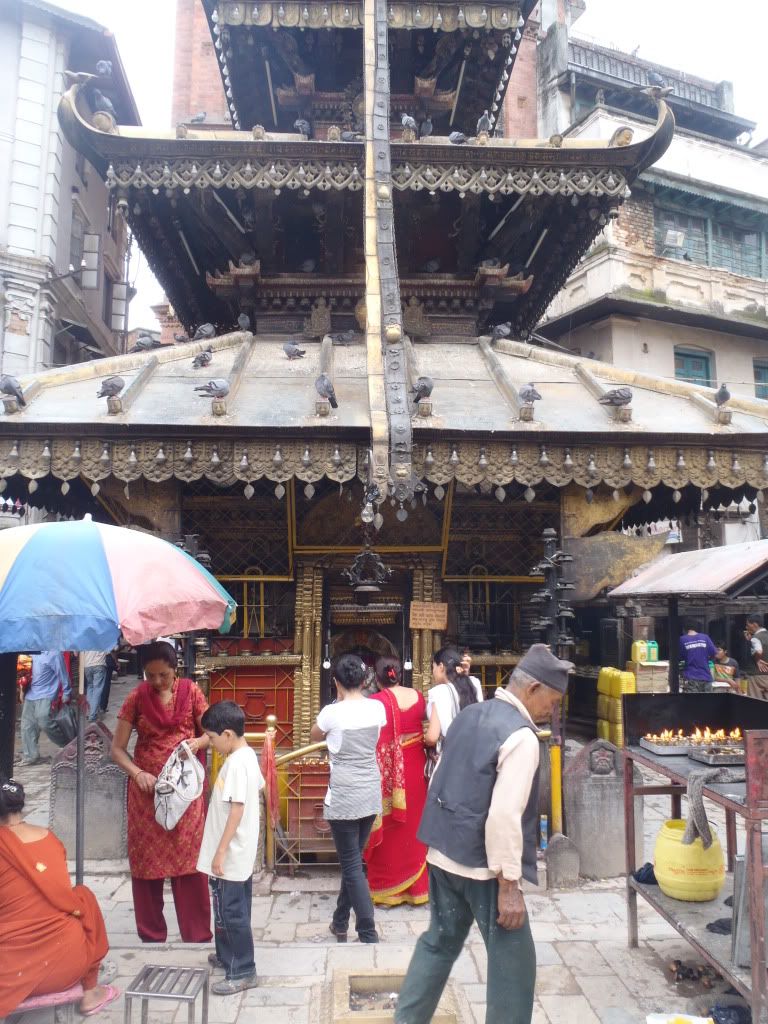

This temple is revered by both Hindus and Buddhists, as the Hindus see Seto Macchendranath as a form of Avalokitesvara (Compassion Buddha), whilst Hindus consider him a rain-bringing incarnation of Shiva. To get to the temple we passed by two metal lions and under a white arch. The square itself held an array of statues, among which a rather European looking lady. It’s very probably it’s an import that has simply gained popularity through the decades and has become part of the Hindu pantheon. I managed to get a picture of white-faced Macchendranath.
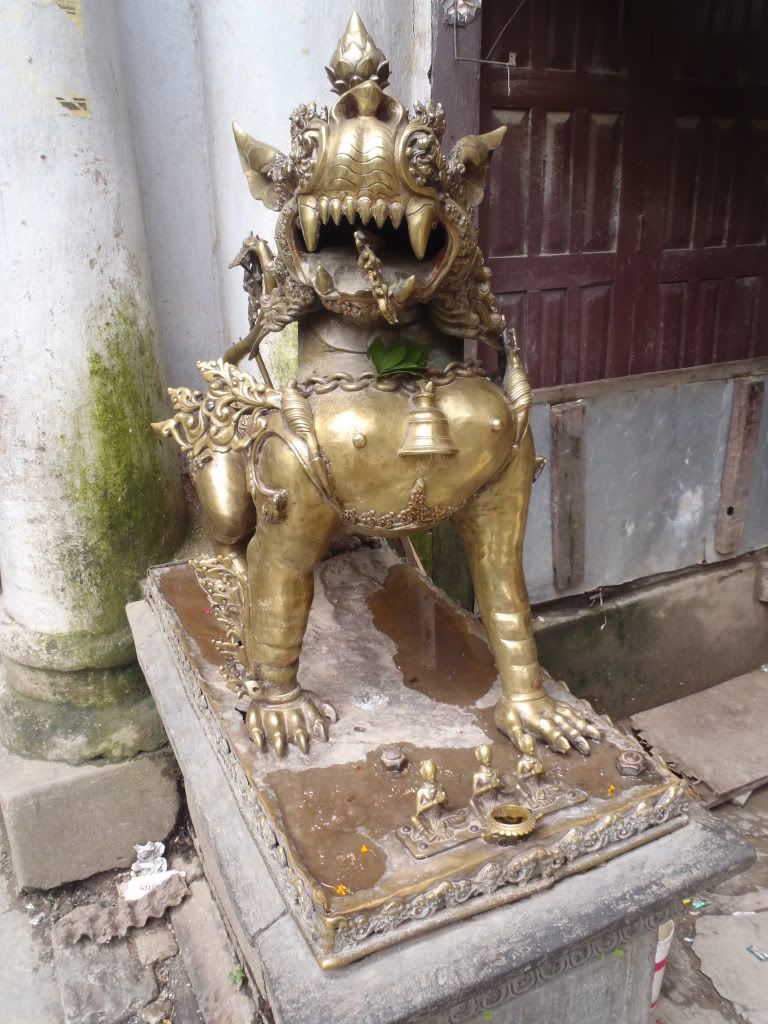
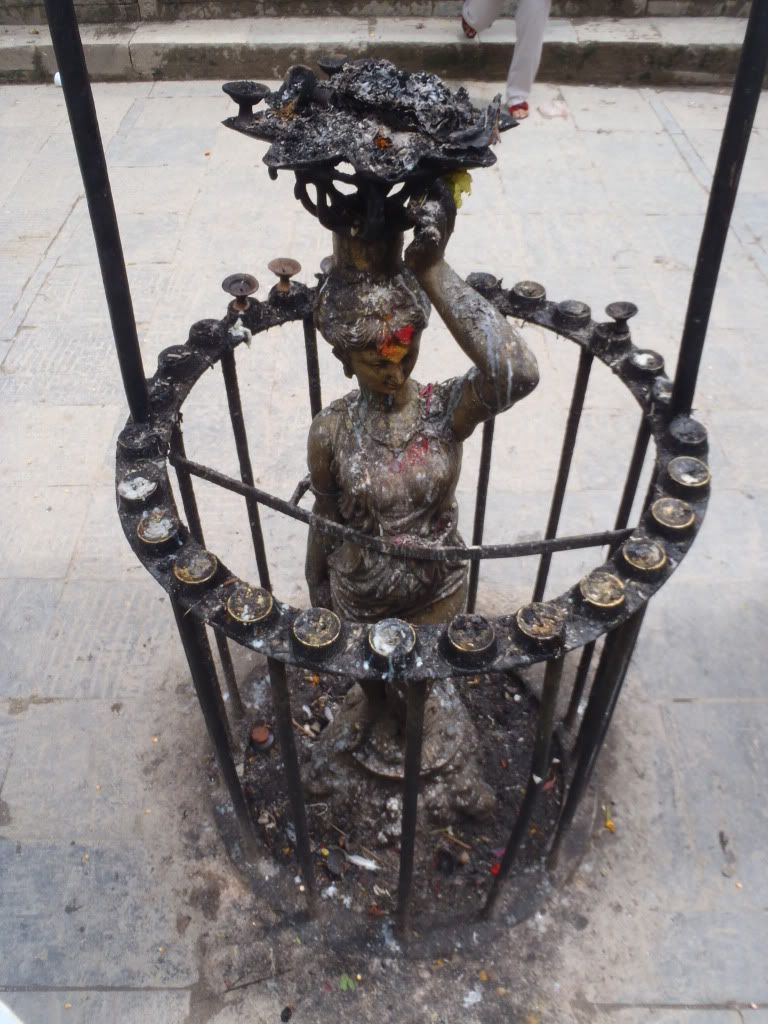
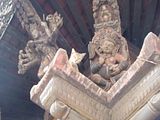
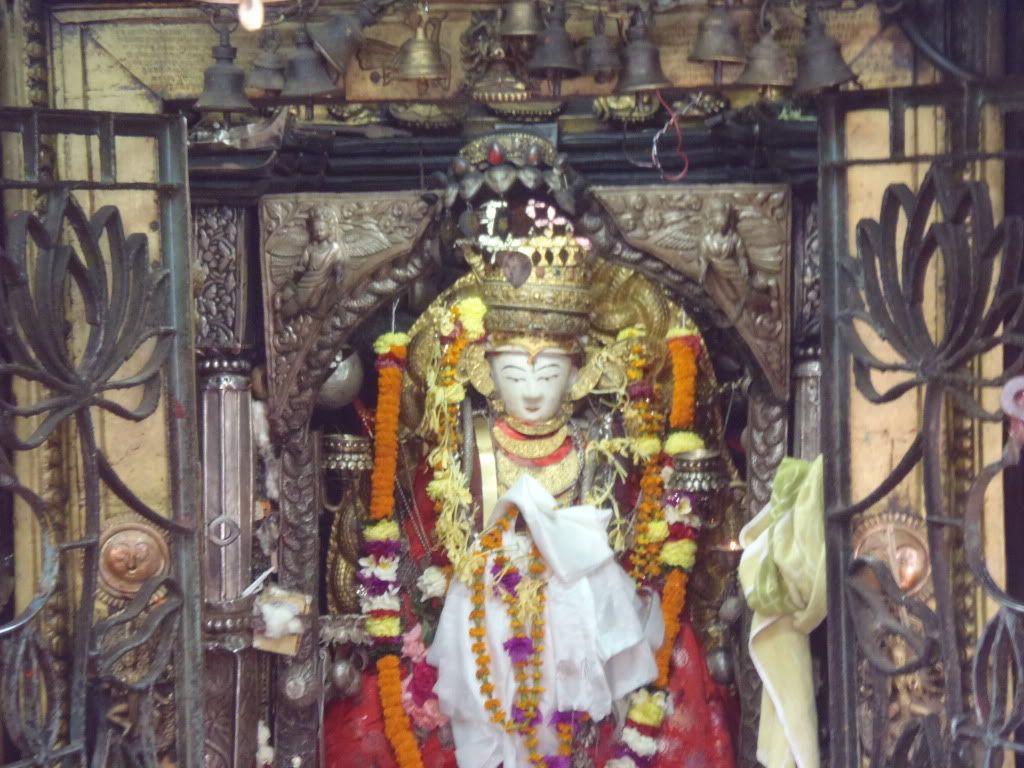
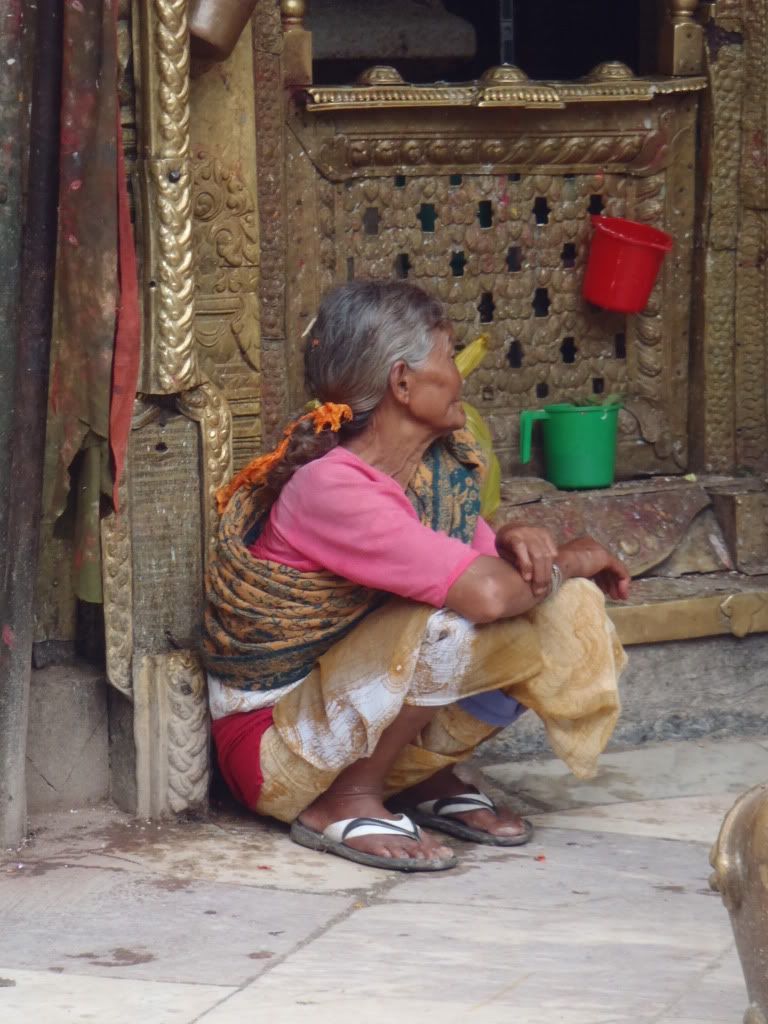
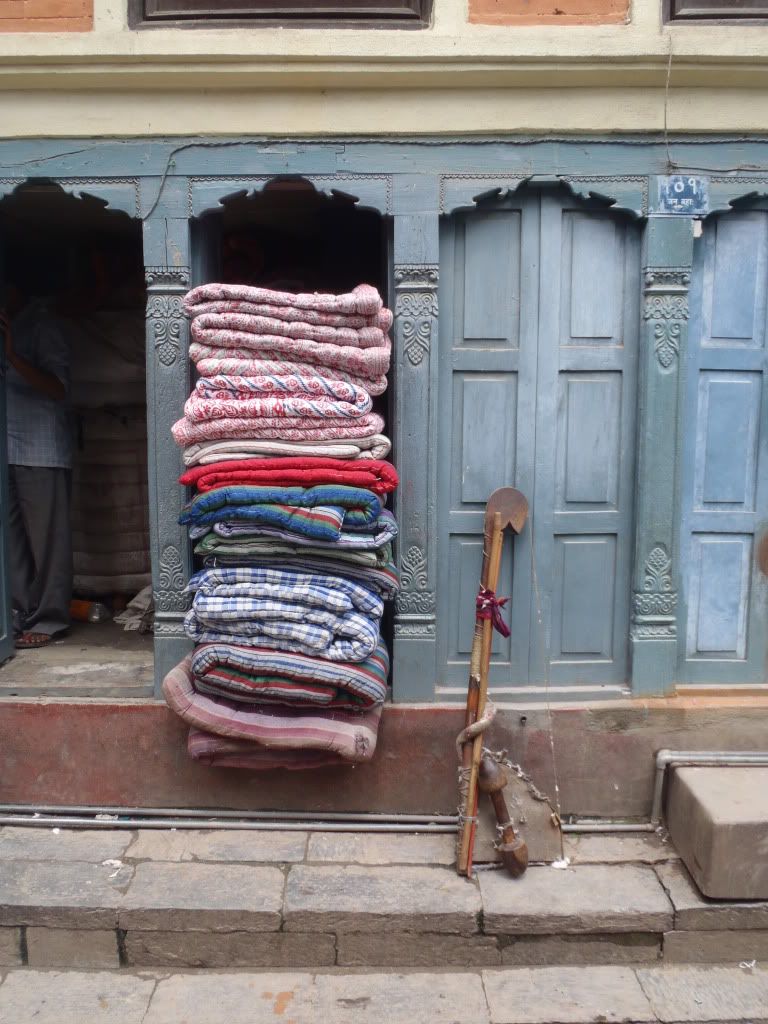
Francesca and I left the square behind us and came to Indra Chowk, walking past Mahadev and Akash Bhairab Temple; the former an unassuming brick building, the latter a much more interesting structure holding a silver image of Bhairab of the Sky. Being non-Hindu we couldn’t enter, but could still see him through the windows. A quiet alleyway led us off the square and onto Kichandra Bahal, one of Kathmandu’s oldest and largest bahals, dating from 1381. Most interesting were an ancient Bodhi tree growing out of a small shrine and a little side-courtyard with a primary school and some plaques displaying a demon eating a misbehaving child. The Mara (‘devil’) once feasted on children, but the locals bribed him by honoring him with an annual festival. Still, he serves as a reminder for the kids to be good.
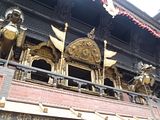
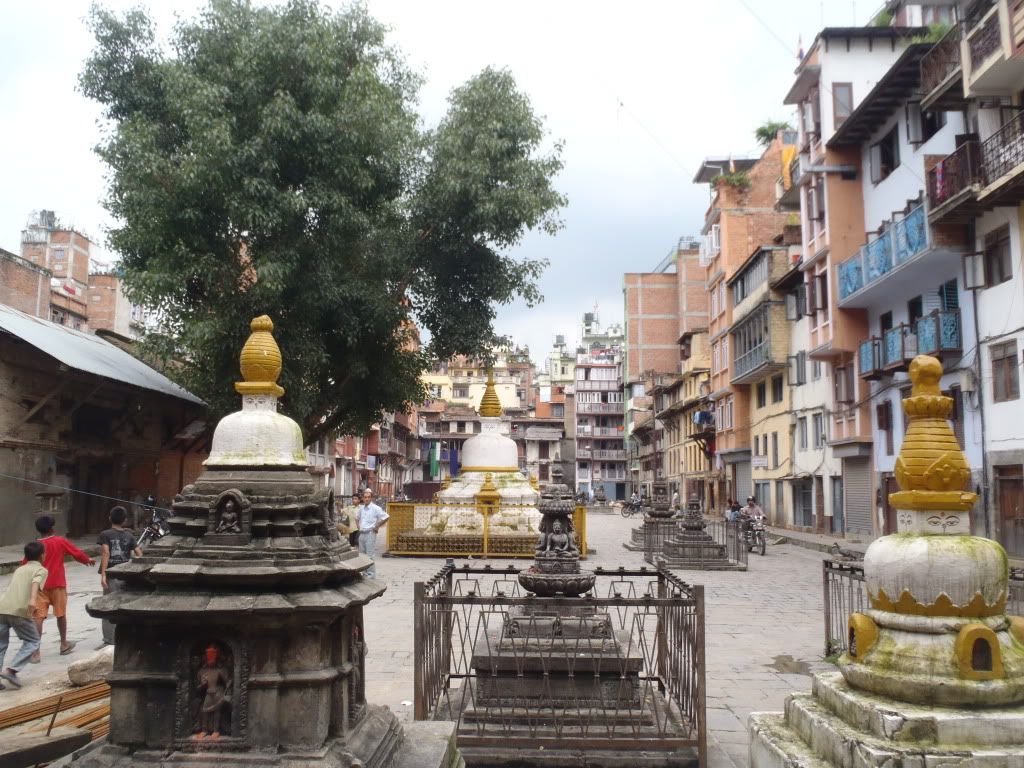
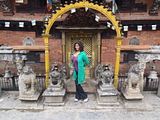
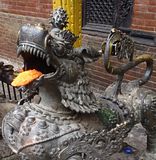
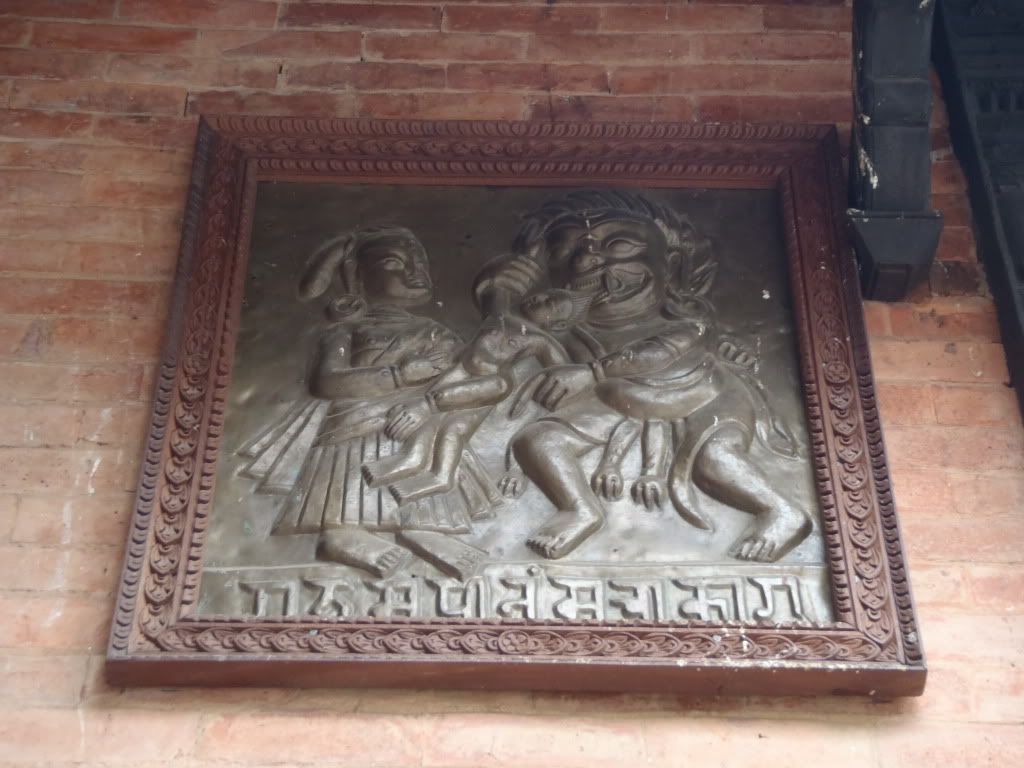
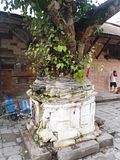
Francesca and I left the bahal at the north and turned left. At the next junction we found the Nara Devi Temple, dedicated to Kali, Shiva’s destructive consort. The temple survived the 1934 earthquake unscathed and locals belief Kali protected it. A small dance platform next to the temple is still used ceremonies. A little further south we were more impressed by a wooden window above a simple shop. Just imagine how much time and money must have gone into that! Another Shiva temple later we had come to Yathka Bahal with yet another large stupa.
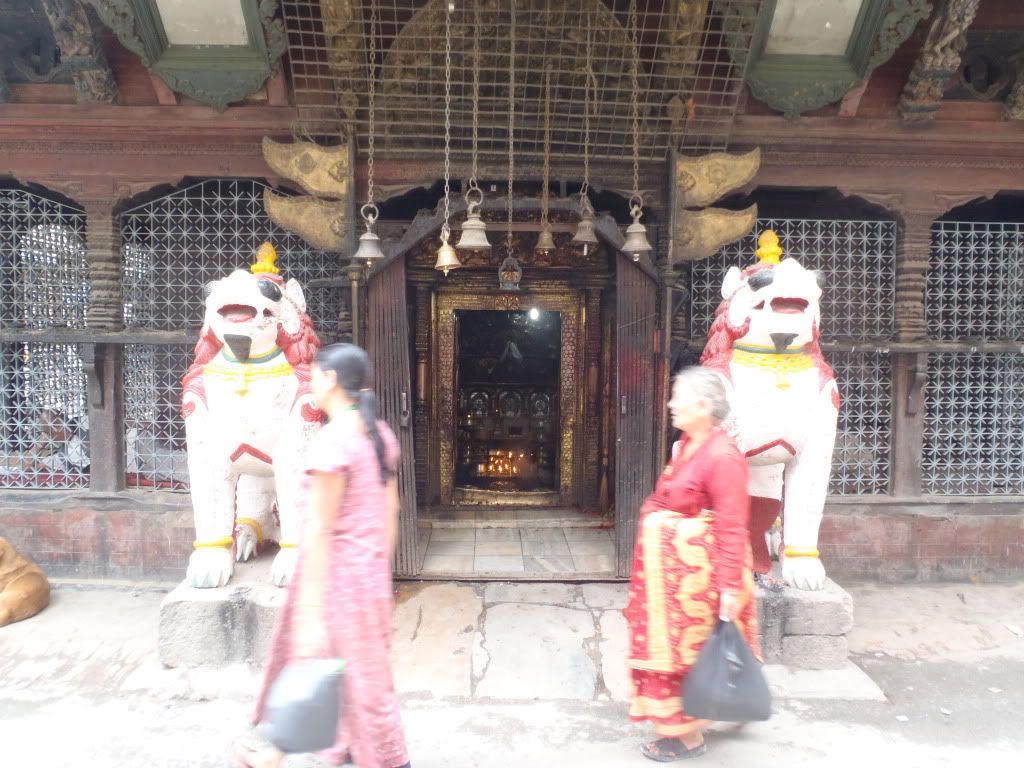
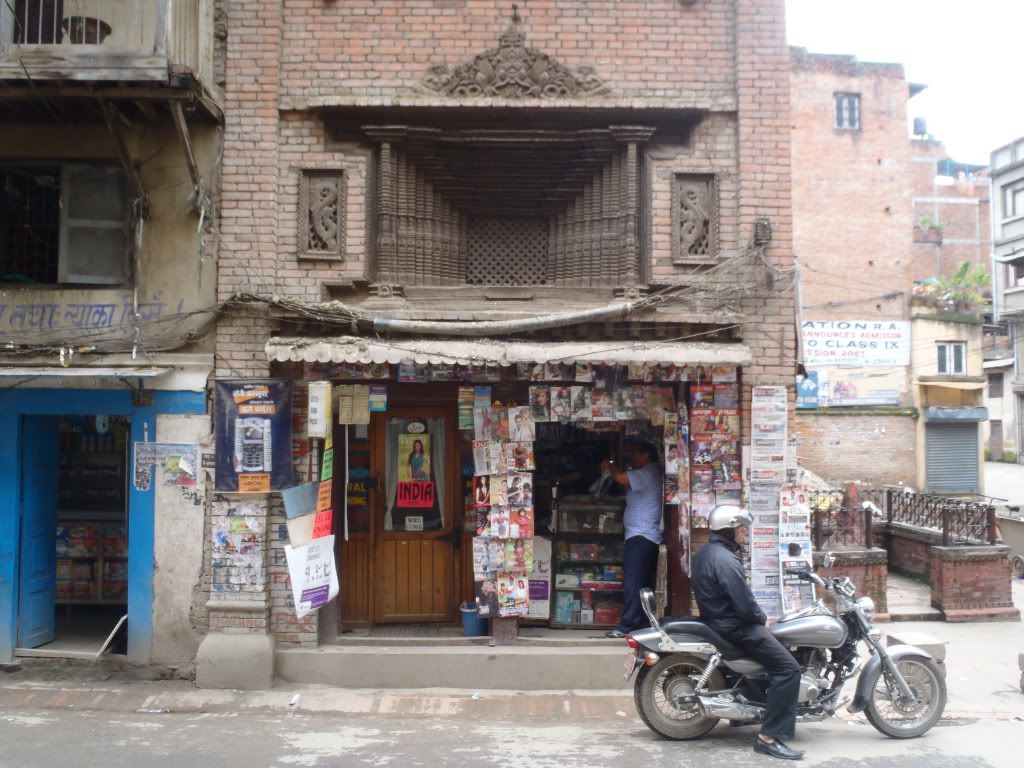
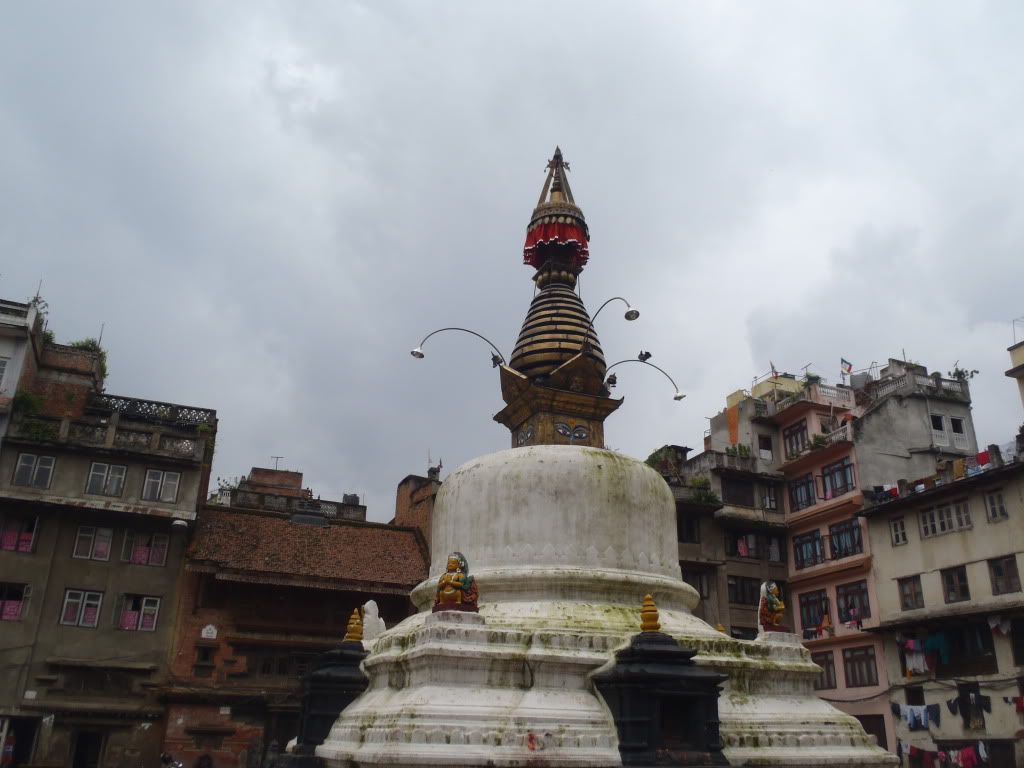

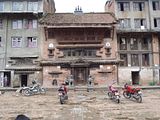
Back on the road we saw the deep red brick temple to Chaumanda, a Newari mother goddess, featuring a six-pointed star. As we walked past the temple I could see the end of our first walking tour coming in sight: we’d reached Durbar Square. Durbar Square is the huge area where the city’s kings were once crowned and then reigned. It is, therefore, the heart of the old town, holding many ancient and grand structures, amongst which the kings’ palace (‘durbar’).
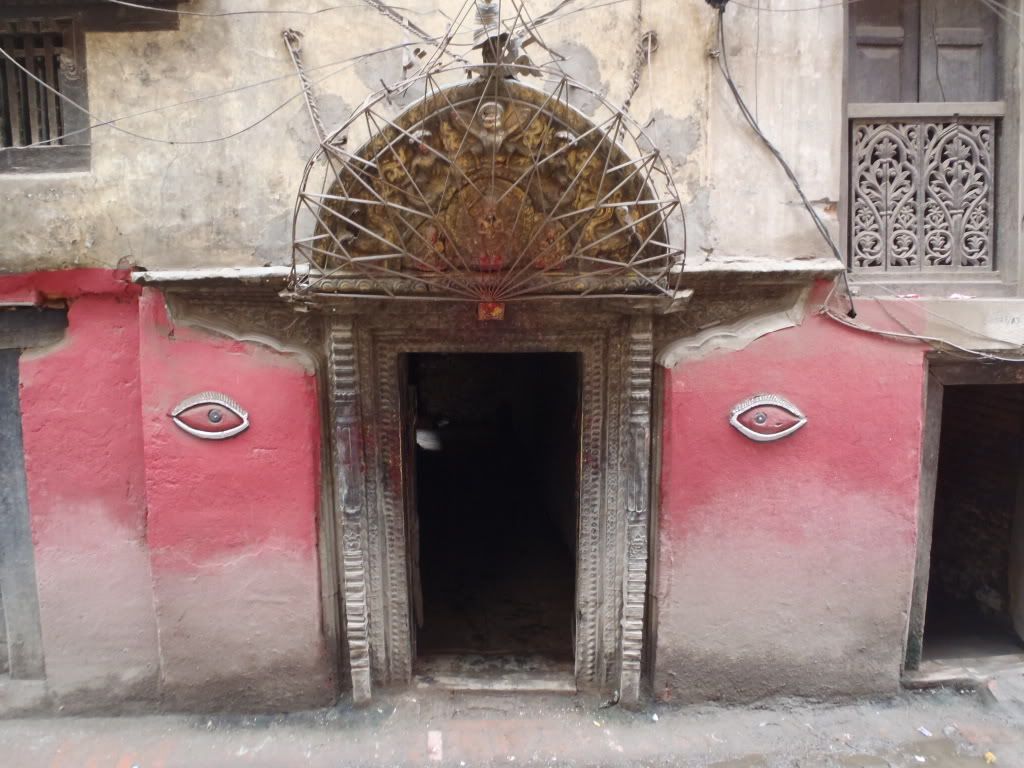
To get access to the square one is supposed to pay an entrance fee to be allowed to wander on the square. Francesca and I didn’t actually need to be on the square proper for our second walking tour. After I explained this to a guard he let us pass and we were free to head to Kasthamandap, one of the, if not the, oldest buildings in the entire valley. Since we’d be coming back to the square I decided to skip Kasthamandap for now and take Francesca straight to the next sight listed in the Lonely Planet.
The first building we saw heading south off Durbar Square was the Singh Sattal,built with left over wood from aforementioned Kasthamandap Temple. With some dark clouds gathering above us Francesca and I hurried down the road, past a Shiva temple and eventually came to a large stone hiti, or water tank, where everyone used to come to wash themselves or their clothes. Even after the arrival of more modern facilities people still come here for those very same reasons. Sadly, nobody was there leaving us to have a quick peek inside the pretty deep hiti.
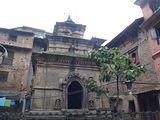
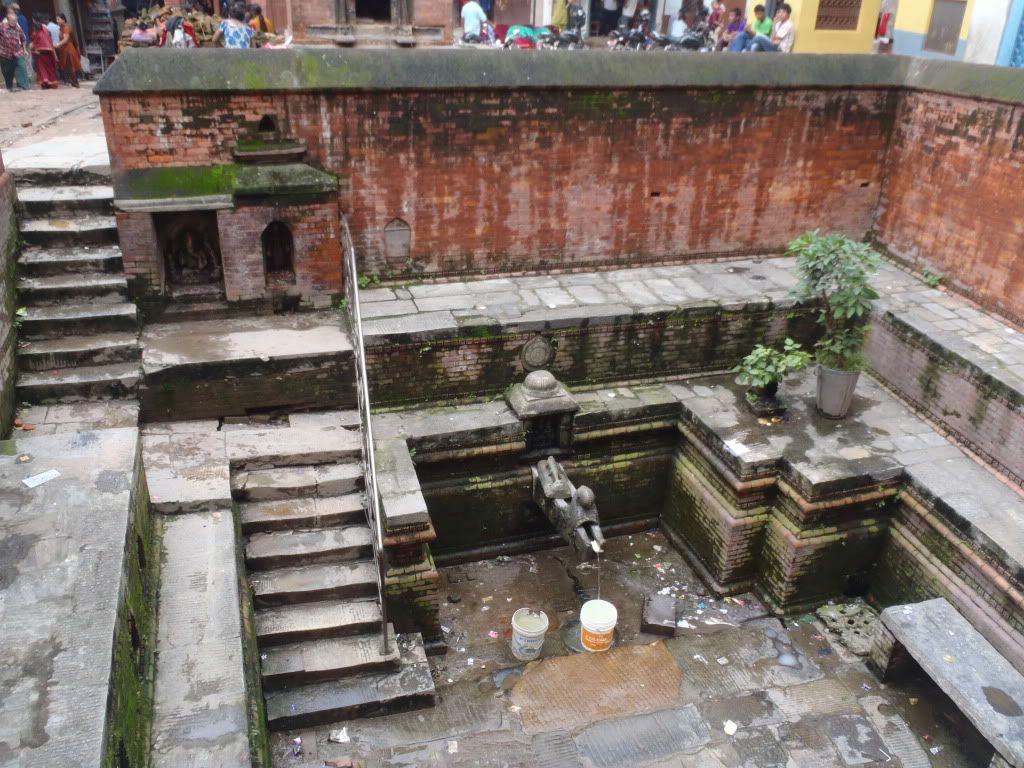
Immediately beyond we came upon the highly decorated Bimsen Temple, built to honor Bhimsen, protector of traders and artisans. Lonely Planet: “An image of Bhimsen used to be carried to Lhasa in Tibet every 12 years to protect those vital trade routes, until the route was closed by Chinese control and the flight of the Dalai Lama in 1959.” Again, we were not allowed to enter, but looking at the colorfully painted carvings we could tell this was a masterpiece.

The Kohiti water tank a little further down the road did have an old man having a wash, satisfying our curiosity about the hitis. At the top of the road we came upon a tall triple-roofed temple. The Jaisa Deval Temple stems from the 17th century and a Shiva temple from the Licchavis that ruled the area during the 4th to the 8th century. Across from the temple stands a natural stone linga, where some kids were honoring the male organ by playing near it.
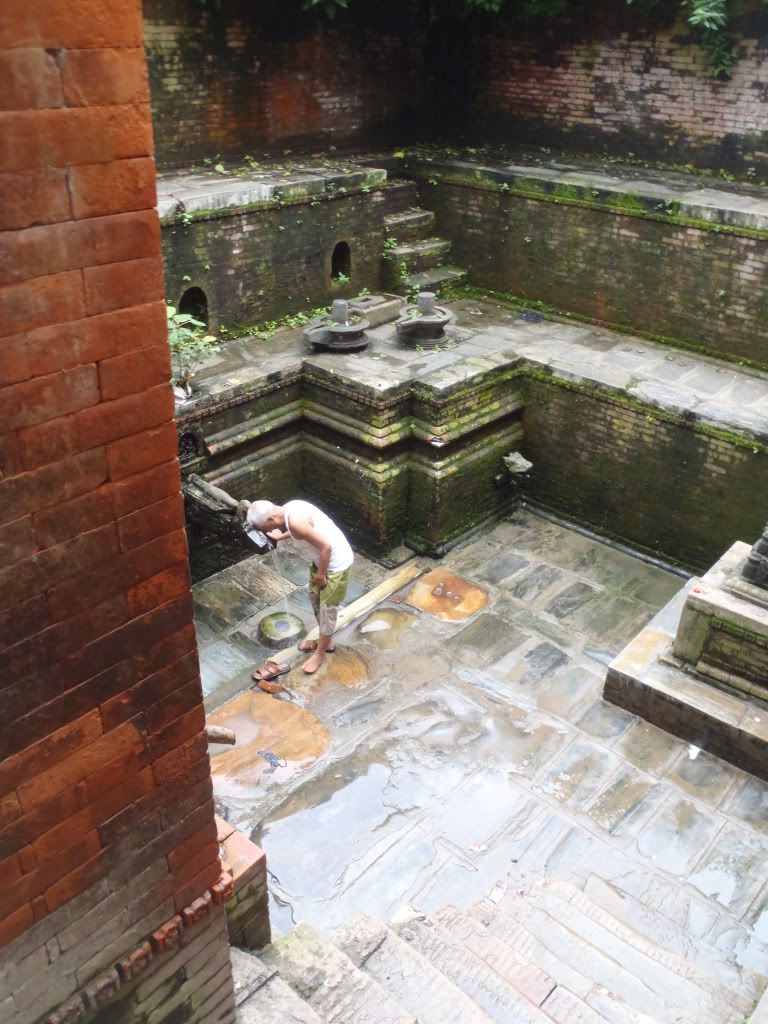
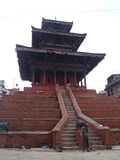

Tukan Bahal, further southwest of the Jaisa Deval, held a much nicer looking stupa dating back to the 14th century. To me it seems pretty neat to have a structure like that to behold every day, just right outside your window. A different style, but still interesting, temple appeared just a few bends later. It was the white shikhara temple, built out of solid concrete. Our walk continued past Brahma Tole to the Musum Bahal, with its phallic shaped Licchavi-style chaityas. Kids were literally swarming us, pulling my arm to get me to take a picture of them. Fights nearly broke out over who got to stand where and who was allowed to be in the picture. After I kindly showed them the picture they nearly pulled my arm off to have a closer look. The camera disappeared into my pocket and the kids ran off to continue playing.

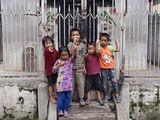
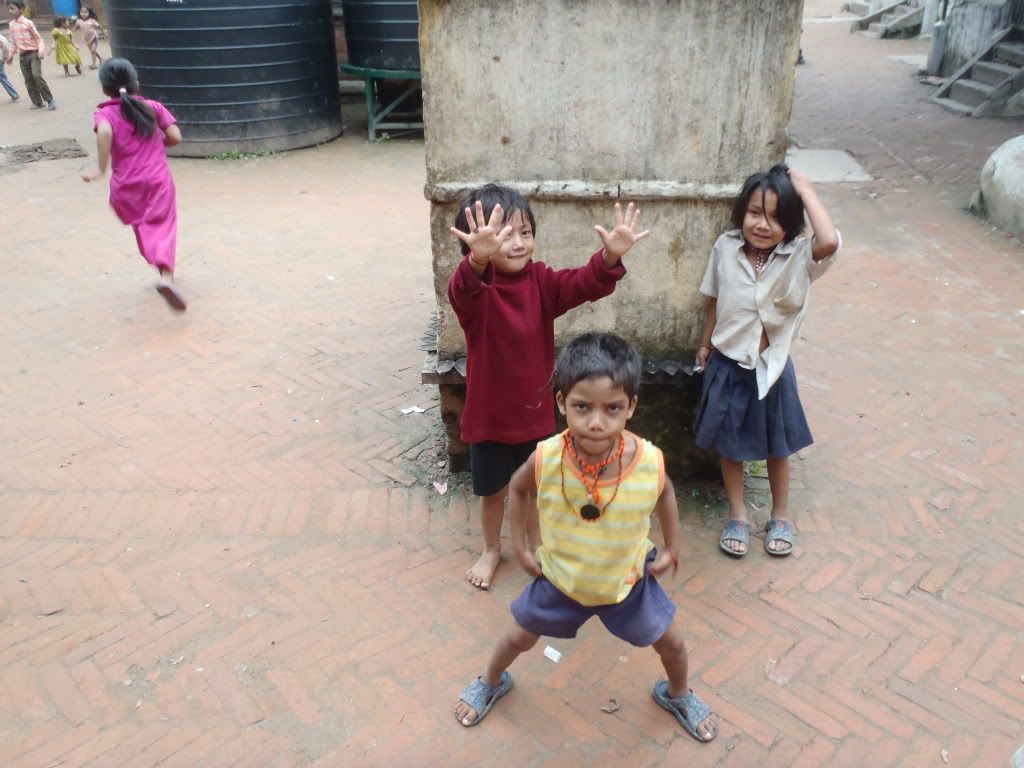
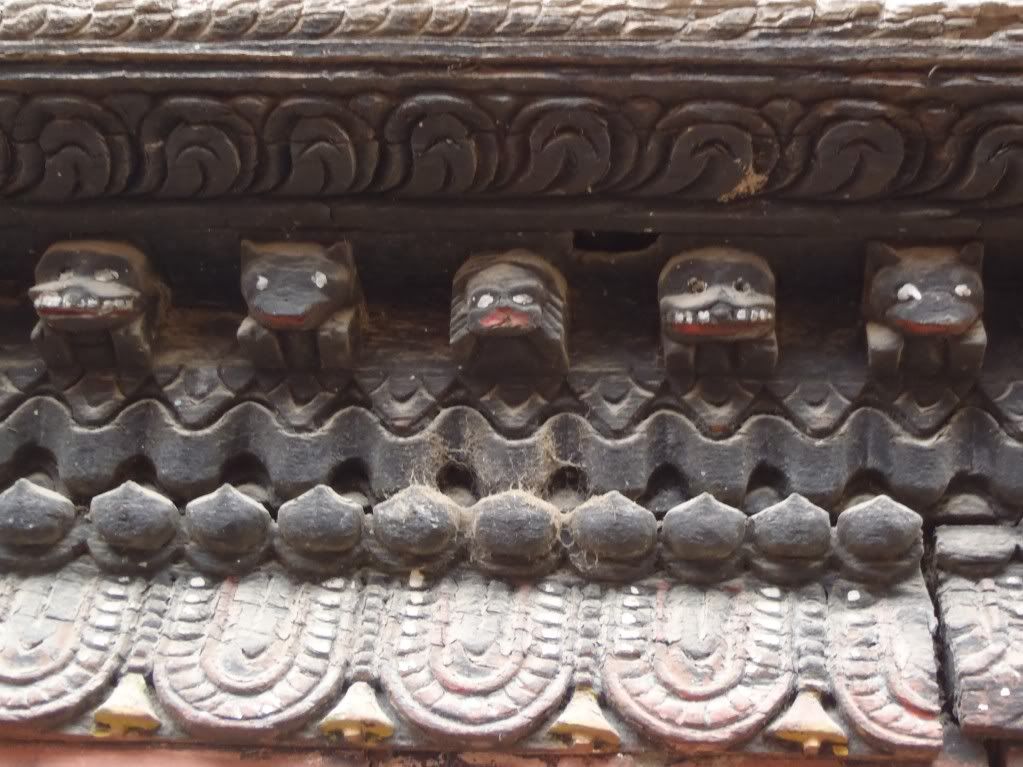
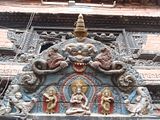
I got a little confused with the walking tour’s directions after that, and wasn’t able to find the correct way out of the bahal. Instead, we backtracked a little and luckily enough found ourselves spectators of a procession of orange-clad music-makers. We have no idea what they were doing but it looked interesting. After following them for a whole we were back on track and found the white 5m-high Macchendranath Temple. It was still drizzling and we were getting a little hungry, which coincided nicely with the walking tour, which was just about to take us back up north to Durbar Square. The road back up revealed the Hari Shankar Temple – built in 1637 this temple’s deity is a fusion of Shiva and Vishnu. Two less impressive temples later we were back where we had started.

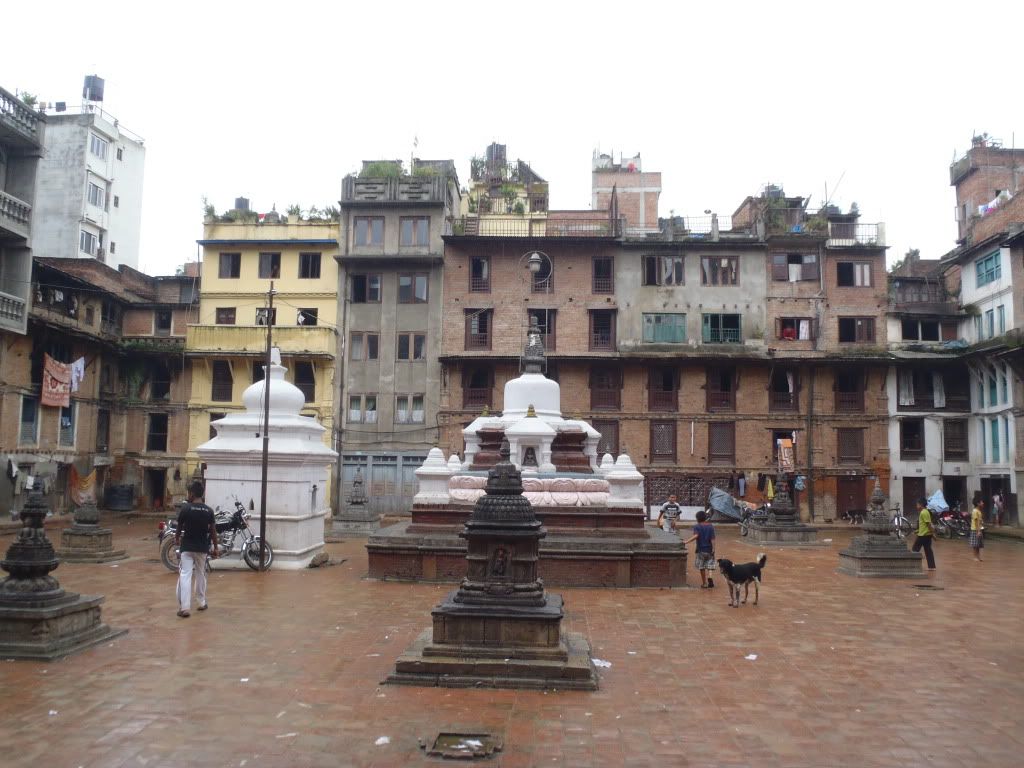
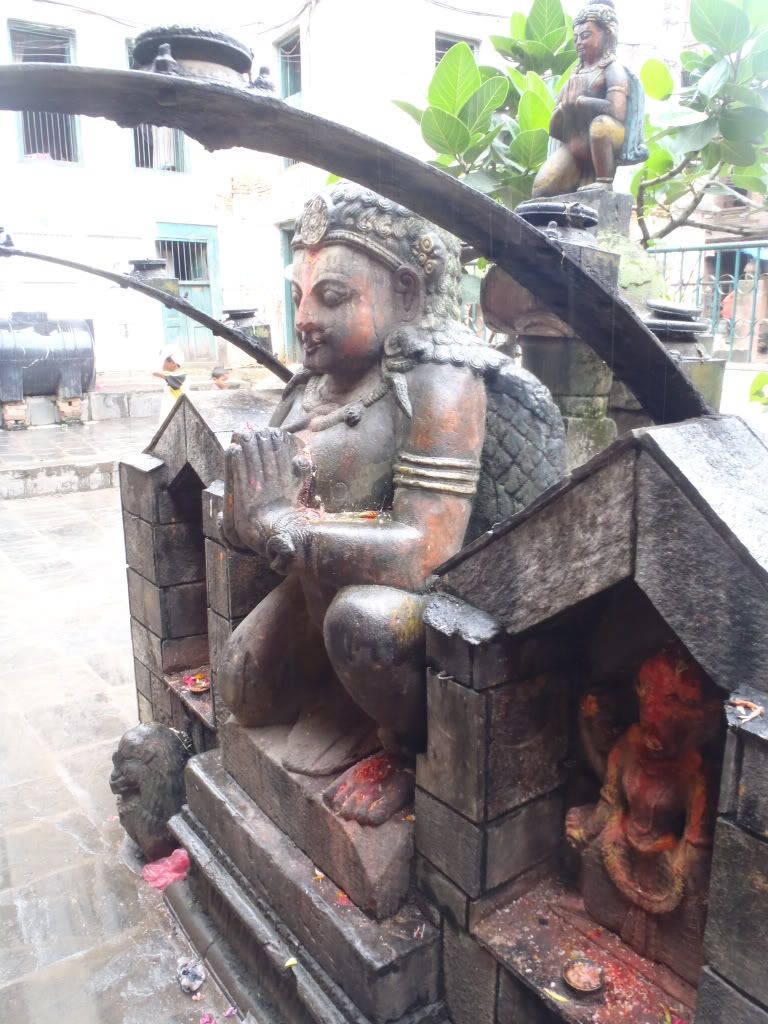
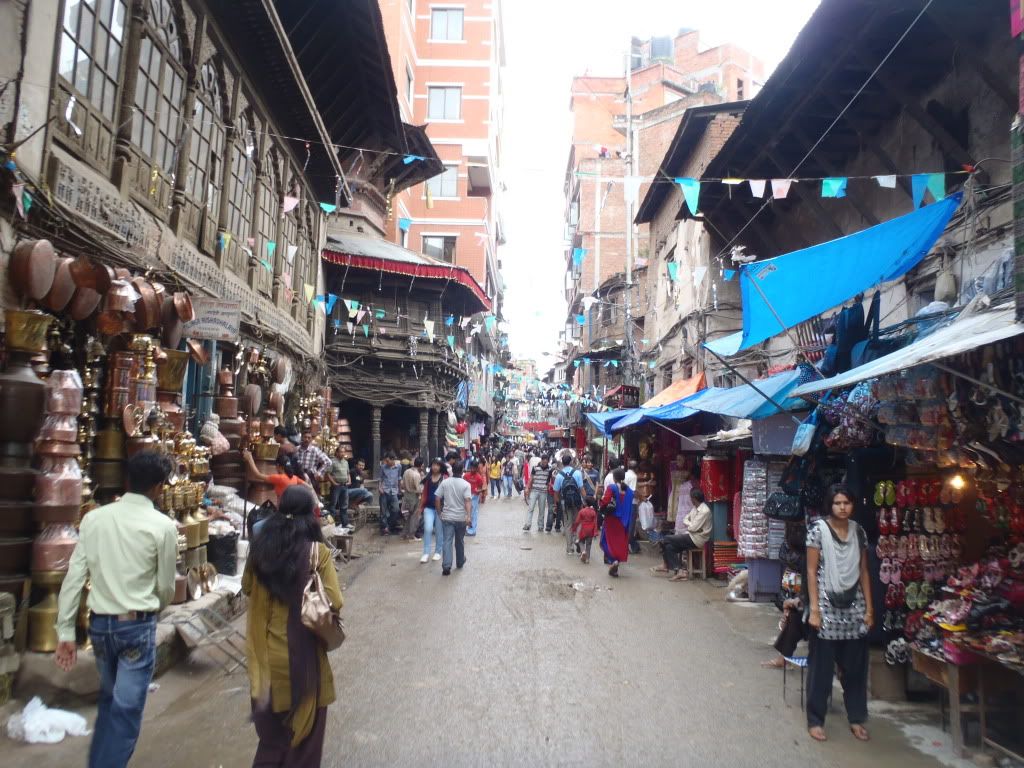
A deceivingly long walk took us back to Avalon, where Francesca, tired from the masses, the noise and the walking got in bed and rested up. A while later I walked back to Or2k to pick up some more delicious wraps, which served as a more than satisfying dinner.
All the stress from the previous day left us a little less eager to venture out on the 29th, which was consequently spent indoors, watching movies and chilling out. Breakfast came to the room in the morning and pasta was picked up by me in the evening. I happened to be on the rooftop for sunset and got some gorgeous pictures of the intensely scenic surroundings. What an awesome palette of colors! Kathmandu, even with its drawbacks, is a great city and I knew then we’d be spending quite a bit of time here.
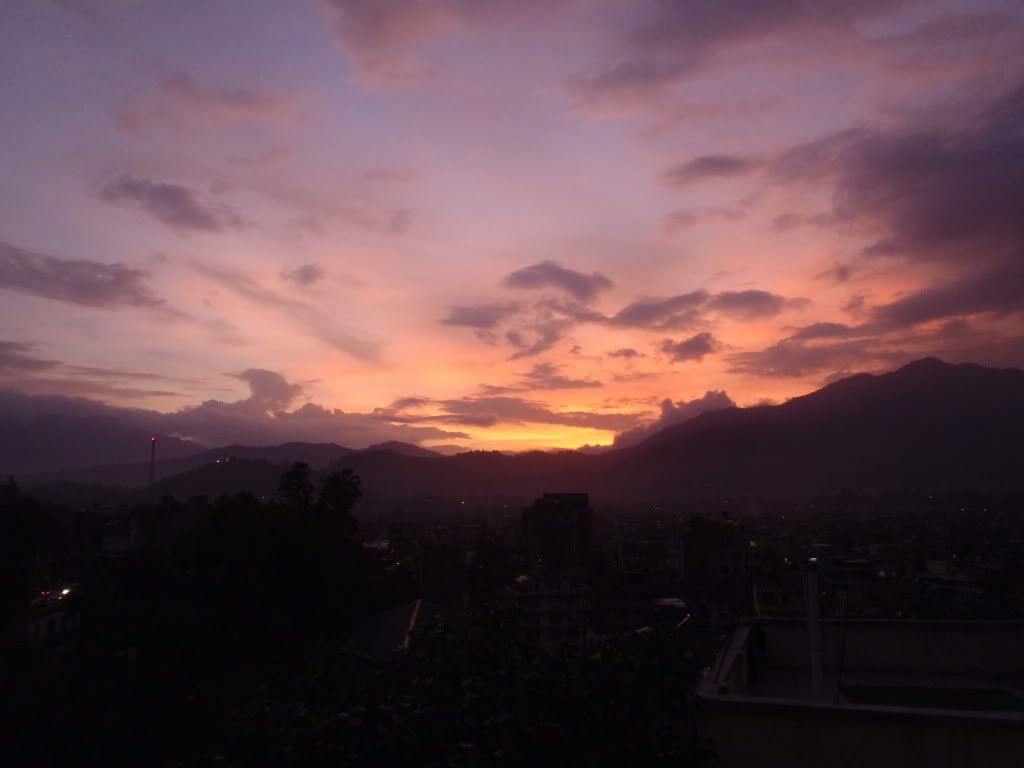
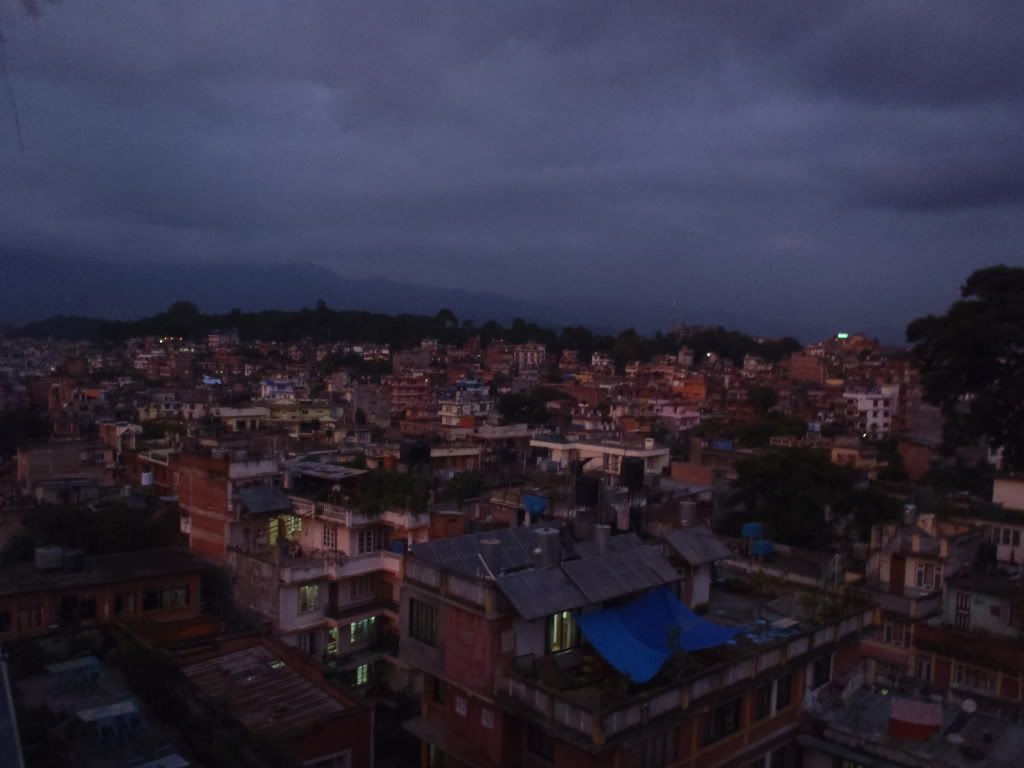

Getting across the border was the easy part – next up was finding transport to Kathmandu, the capital of the country and our destination of choice. There were plenty of guys running around, offering everything ranging from vans to soapboxes to take us there. Knowing full well that the roads ahead of us would be of a dubious quality we decided we needed something a little sturdier. Luckily there were also a few 4WD-drivers around that. We found a Chinese couple to share the cost of the trip with, took up our sites in the front of the car and got underway.
The weather outside was still dreary, and the rivers by the side of the road looked swollen as they raged down the valley. For about 45 minutes the same could be said about us, until our drive to Kathmandu came to a grinding halt. The roads to and from the border are always covered with trucks. Now, must trucks don’t have much trouble with a bit of an incline or some rubble on the road. That however does not include Indian-made TATA-trucks. They get stuck at bottoms of hills. And since the whole road to the capital is barely wide enough for one truck in most places we all got stuck. It took a good hour or two before a stronger truck had been found to help pull the weaker brothers out of the mud.


We drove onwards and found the scenery, albeit beautiful, changed very little. Passing through some villages Francesca and I spotted rice paddies all around, with small groupings of houses by the side of the river. Just before 1:00 PM we made a quick stop for our driver’s lunch. We were not terribly hungry for Nepal’s staple food: dal bhat (ground lentil beans or curry with rice). After the good man had filled up we were on the road again. By 2:00 PM we had Kathmandu in our sights, but realized we weren’t quite in Thamel – the tourist center – yet. The city is sprawled out seemingly endlessly and everything looks the same.


I had found a hostel online that I asked to be dropped off at, but since Kathmandu doesn’t ‘do’ street names we were dropped off somewhere near. I managed to find the Elbrus Home after leaving Francesca in another hostel for a while. The owner, Khem, made us a good deal offering us a place in nearby Potala Tourist Home for one night and then a move to a nicer (and quieter) location. I made my way back to Francesca and the bags and carried them both to the hostel. The second we got in the room we both fell asleep and didn’t wake up, except for some dinner in the room – a chicken sandwich for Francesca and a vegetable thukpa for myself.
The morning of the 26th I had planned to buy some cheese. Khem had pointed me in the direction of a local cheese factory the previous day and Francesca really craved some proper cheese. A quick 10 minute walk later I was the proud owner of a block of local young cheese and a block of yak cheese. Next up was a talk with Khem. I needed to know a little more about Kathmandu and environs to figure out what to do the following days. I headed over to the Elbrus Home around 8:30 AM, had some free breakfast taking some toast for Francesca with me. I wanted to make sure the hostel he was going to take us to looked good, so he walked me over to the Avalon House, where the rooms looked pretty decent. I went back to Francesca, showed her the prized possessions, and quickly packed our bags to go to the Avalon.




A taxi took us there in 15 minutes, about the same as the walking time, proving that traffic in the insanity of Kathmandu is no picnic. Francesca was still very tired and crawled right back in bed. For lunch we shared a pasta from La Dolce Vita, that tasted very nicely indeed. We vowed to try as many of the different cuisines we could find in Kathmandu, since we were promised good food here. I also picked up the Lonely Planet for Nepal, which Francesca and I thoroughly researched to figure out what to do with our month in the country. That evening we order some food from the hotel’s restaurant, but weren’t too impressed and decided to get take-away or eat out for the remainder of our stay.

On the 27th we still hadn’t found our wanderlust and spent most of the day writing posts and uploading pictures to get Tibet out of the way. After tasty breakfast in the room I headed out in the afternoon to pick up chicken wraps from Or2k, an Israeli-run restaurant in the center of Thamel. They have this tiny stand on the corner of the street that produces the most amazing falafels you will ever eat – for only $2! Also note the lovely ‘snacks’ being sold by the side of the road. Anyone for a pig’s head? Anyone? The day continued with some more research and take-away pizza from the Roadhouse Cafe.




With energy levels replenished I got Francesca out of the comfort of our room on the 28th to take her sightseeing in Kathmandu. The Lonely Planet had provided two extremely thorough and useful walking tours, which would take us past quite a few of the temples and other monuments Francesca had on our to-do list. As we walked through Thamel I got to show her all the different restaurants we’d gotten food from up until that point. Another 15 minute walk and we were at the starting point of the first walk – south from Thamel to Durbar Square.
At 11:30 AM we’d reached Thahiti Tole, a small square with a central stupa from the 15th century. Supposedly the stupa once held snakes to protect gold plating. In any case, the gold is long gone and the whole thing looks rather decrepit. Worse still was the enormous pile of garbage all around the stupa. We heard later that the garbage-collectors were on strike and were thankful that it wasn’t too hot in the city, because the smell would’ve been far worse. On the north side of the square we had a quick look at the Nateshwar Temple, which is dedicated to an incarnation of Shiva, as well as the Newari (local tribe) god of music.



Heading further south we found the impressive Kathesimblu Stupa, a Tibetan style structure covered in algae. We had a little trouble finding a broken stone lion, but a kind street merchant moved his wares to unveil a rather sad looking, crumbled carving of what had once looked like a guardian lion. Passing some old carvings of different Hindu gods and a nicely carved balcony we soon ended up on another busy square. Here we inspected the Sikha Narayan Temple, housing a 10th century Vishnu statue, guarded by a cool Garuda statue. The Bangemudha Square also houses an image of Saraswati, a Shiva shrine and a Buddha statue from the 5th century. It’s just amazing to see how many ancient statues and buildings can be found everywhere, without any protection and are still in decent shape.





Francesca and I also noticed a large number of dental clinics in the area. We had to look for a while, but eventually found the cause of their presence – a lump of wood with coins nailed into it. The coins are offerings to the toothache god, which is barely visible anymore. Next up was a courtyard (‘bahal’ in Nepali) called Haku Bahal. We were quite impressed by the fine carvings of the wooden windows. Turning back and walking onwards we reached the large and more bustling square Asan Tole. With 5 roads converging here a little bit of a confusing place, but highly interesting because of all the people going about their lives.





Asan Tole was for centuries the main commercial center of the city, as well as the start of the caravan route to Tibet. Sadly, the great earthquake of 1934 destroyed a good part of the street and the square is now no longer the great hub it used to be. We had quick look at the shrines and temples built smack-bang in the middle of the square, having a closer look at the Annapurna Temple. After a bit of map-reading I found the road leading to the southwest and took us to one of the most important and ornate temples in Kathmandu, Seto Macchendranath Temple.


This temple is revered by both Hindus and Buddhists, as the Hindus see Seto Macchendranath as a form of Avalokitesvara (Compassion Buddha), whilst Hindus consider him a rain-bringing incarnation of Shiva. To get to the temple we passed by two metal lions and under a white arch. The square itself held an array of statues, among which a rather European looking lady. It’s very probably it’s an import that has simply gained popularity through the decades and has become part of the Hindu pantheon. I managed to get a picture of white-faced Macchendranath.






Francesca and I left the square behind us and came to Indra Chowk, walking past Mahadev and Akash Bhairab Temple; the former an unassuming brick building, the latter a much more interesting structure holding a silver image of Bhairab of the Sky. Being non-Hindu we couldn’t enter, but could still see him through the windows. A quiet alleyway led us off the square and onto Kichandra Bahal, one of Kathmandu’s oldest and largest bahals, dating from 1381. Most interesting were an ancient Bodhi tree growing out of a small shrine and a little side-courtyard with a primary school and some plaques displaying a demon eating a misbehaving child. The Mara (‘devil’) once feasted on children, but the locals bribed him by honoring him with an annual festival. Still, he serves as a reminder for the kids to be good.






Francesca and I left the bahal at the north and turned left. At the next junction we found the Nara Devi Temple, dedicated to Kali, Shiva’s destructive consort. The temple survived the 1934 earthquake unscathed and locals belief Kali protected it. A small dance platform next to the temple is still used ceremonies. A little further south we were more impressed by a wooden window above a simple shop. Just imagine how much time and money must have gone into that! Another Shiva temple later we had come to Yathka Bahal with yet another large stupa.





Back on the road we saw the deep red brick temple to Chaumanda, a Newari mother goddess, featuring a six-pointed star. As we walked past the temple I could see the end of our first walking tour coming in sight: we’d reached Durbar Square. Durbar Square is the huge area where the city’s kings were once crowned and then reigned. It is, therefore, the heart of the old town, holding many ancient and grand structures, amongst which the kings’ palace (‘durbar’).

To get access to the square one is supposed to pay an entrance fee to be allowed to wander on the square. Francesca and I didn’t actually need to be on the square proper for our second walking tour. After I explained this to a guard he let us pass and we were free to head to Kasthamandap, one of the, if not the, oldest buildings in the entire valley. Since we’d be coming back to the square I decided to skip Kasthamandap for now and take Francesca straight to the next sight listed in the Lonely Planet.
The first building we saw heading south off Durbar Square was the Singh Sattal,built with left over wood from aforementioned Kasthamandap Temple. With some dark clouds gathering above us Francesca and I hurried down the road, past a Shiva temple and eventually came to a large stone hiti, or water tank, where everyone used to come to wash themselves or their clothes. Even after the arrival of more modern facilities people still come here for those very same reasons. Sadly, nobody was there leaving us to have a quick peek inside the pretty deep hiti.


Immediately beyond we came upon the highly decorated Bimsen Temple, built to honor Bhimsen, protector of traders and artisans. Lonely Planet: “An image of Bhimsen used to be carried to Lhasa in Tibet every 12 years to protect those vital trade routes, until the route was closed by Chinese control and the flight of the Dalai Lama in 1959.” Again, we were not allowed to enter, but looking at the colorfully painted carvings we could tell this was a masterpiece.

The Kohiti water tank a little further down the road did have an old man having a wash, satisfying our curiosity about the hitis. At the top of the road we came upon a tall triple-roofed temple. The Jaisa Deval Temple stems from the 17th century and a Shiva temple from the Licchavis that ruled the area during the 4th to the 8th century. Across from the temple stands a natural stone linga, where some kids were honoring the male organ by playing near it.



Tukan Bahal, further southwest of the Jaisa Deval, held a much nicer looking stupa dating back to the 14th century. To me it seems pretty neat to have a structure like that to behold every day, just right outside your window. A different style, but still interesting, temple appeared just a few bends later. It was the white shikhara temple, built out of solid concrete. Our walk continued past Brahma Tole to the Musum Bahal, with its phallic shaped Licchavi-style chaityas. Kids were literally swarming us, pulling my arm to get me to take a picture of them. Fights nearly broke out over who got to stand where and who was allowed to be in the picture. After I kindly showed them the picture they nearly pulled my arm off to have a closer look. The camera disappeared into my pocket and the kids ran off to continue playing.





I got a little confused with the walking tour’s directions after that, and wasn’t able to find the correct way out of the bahal. Instead, we backtracked a little and luckily enough found ourselves spectators of a procession of orange-clad music-makers. We have no idea what they were doing but it looked interesting. After following them for a whole we were back on track and found the white 5m-high Macchendranath Temple. It was still drizzling and we were getting a little hungry, which coincided nicely with the walking tour, which was just about to take us back up north to Durbar Square. The road back up revealed the Hari Shankar Temple – built in 1637 this temple’s deity is a fusion of Shiva and Vishnu. Two less impressive temples later we were back where we had started.




A deceivingly long walk took us back to Avalon, where Francesca, tired from the masses, the noise and the walking got in bed and rested up. A while later I walked back to Or2k to pick up some more delicious wraps, which served as a more than satisfying dinner.
All the stress from the previous day left us a little less eager to venture out on the 29th, which was consequently spent indoors, watching movies and chilling out. Breakfast came to the room in the morning and pasta was picked up by me in the evening. I happened to be on the rooftop for sunset and got some gorgeous pictures of the intensely scenic surroundings. What an awesome palette of colors! Kathmandu, even with its drawbacks, is a great city and I knew then we’d be spending quite a bit of time here.



1 Comments:
What I like about Kathmandu is they preserve the ancient temples and shrines which were built centuries ago. The deep faith they have in their religion makes this city a well-travelled spot for backpackers. I hope tourism officials there lobby for better hostels and well-paved roads.
Post a Comment
<< Home